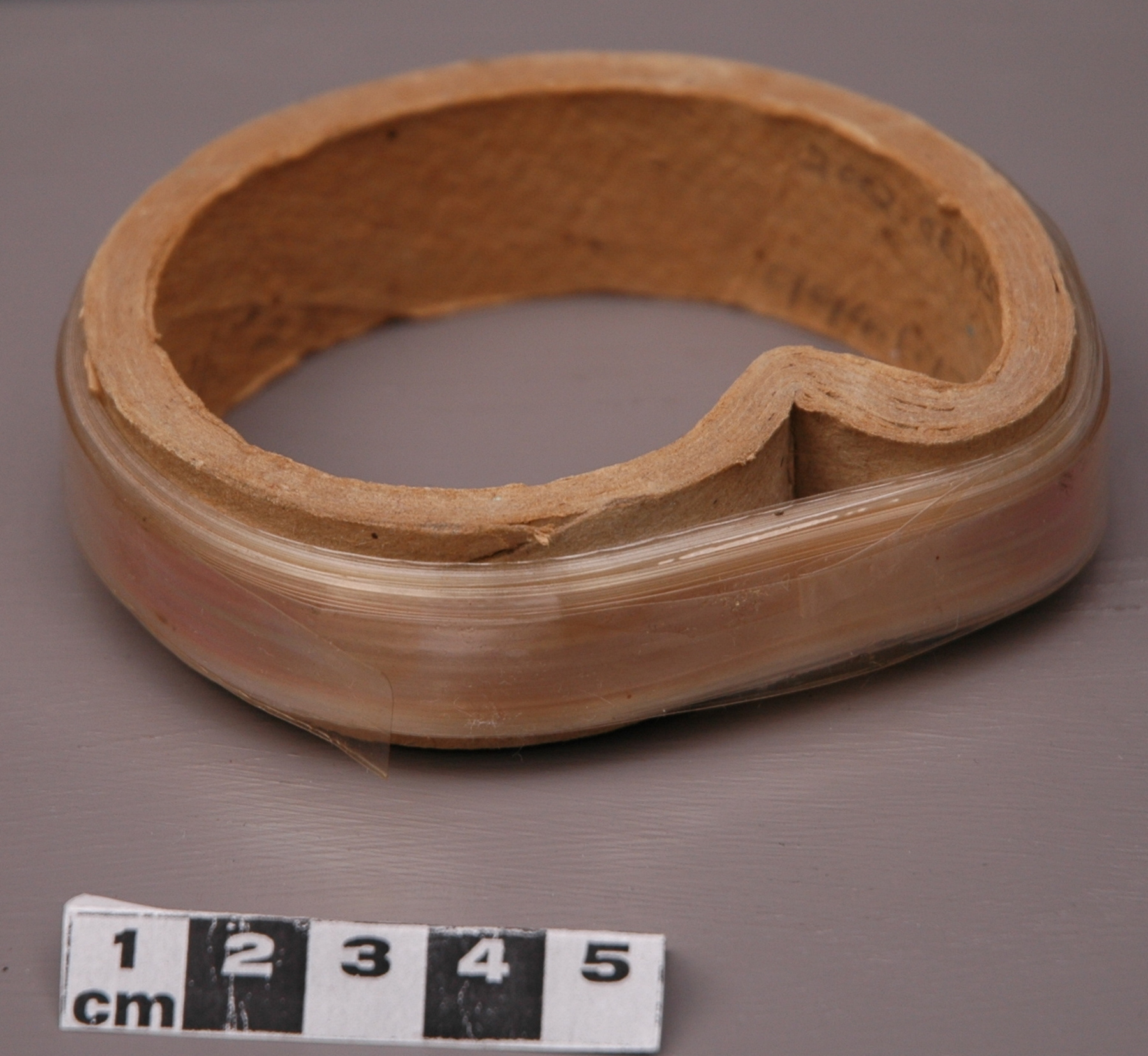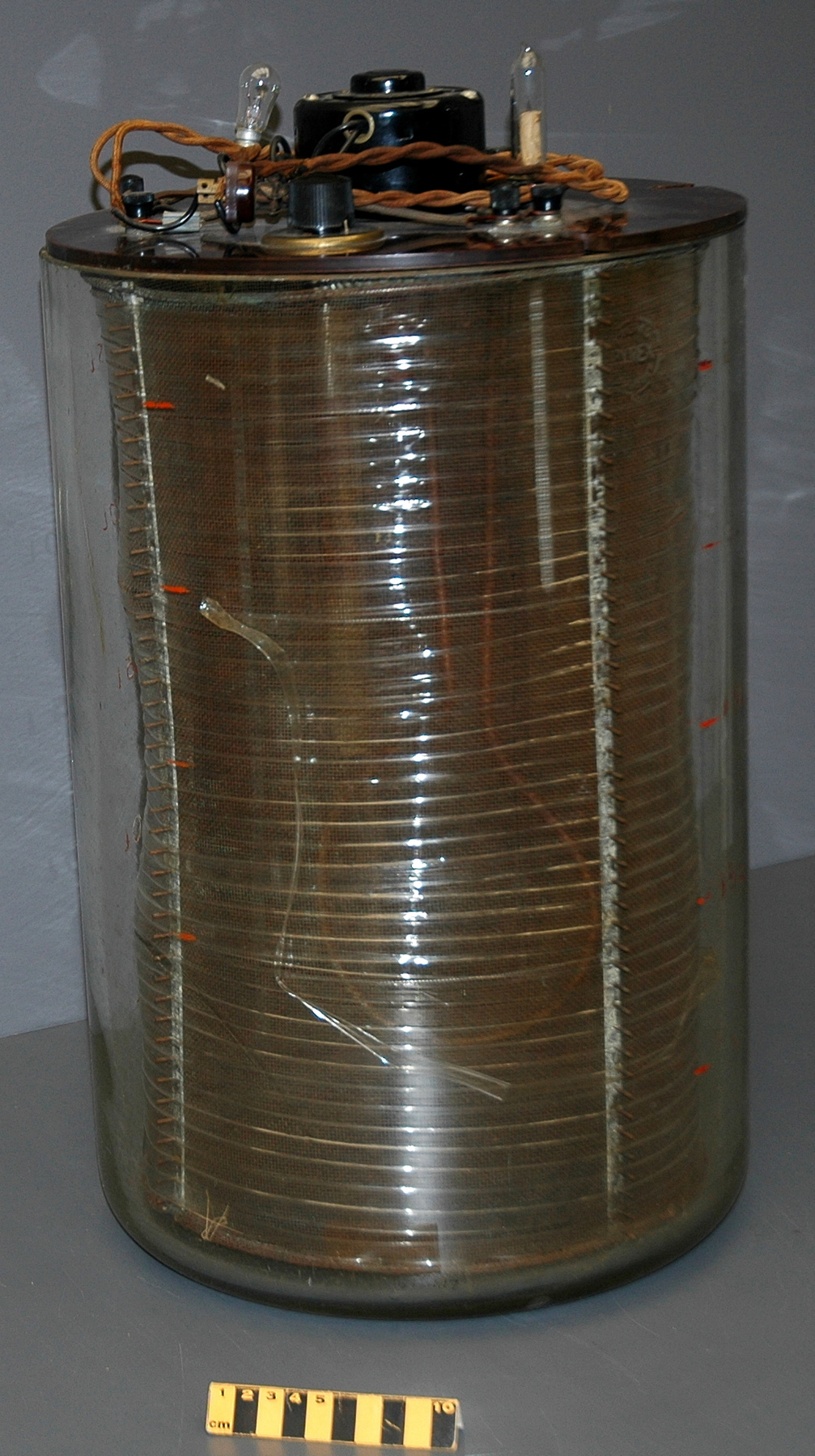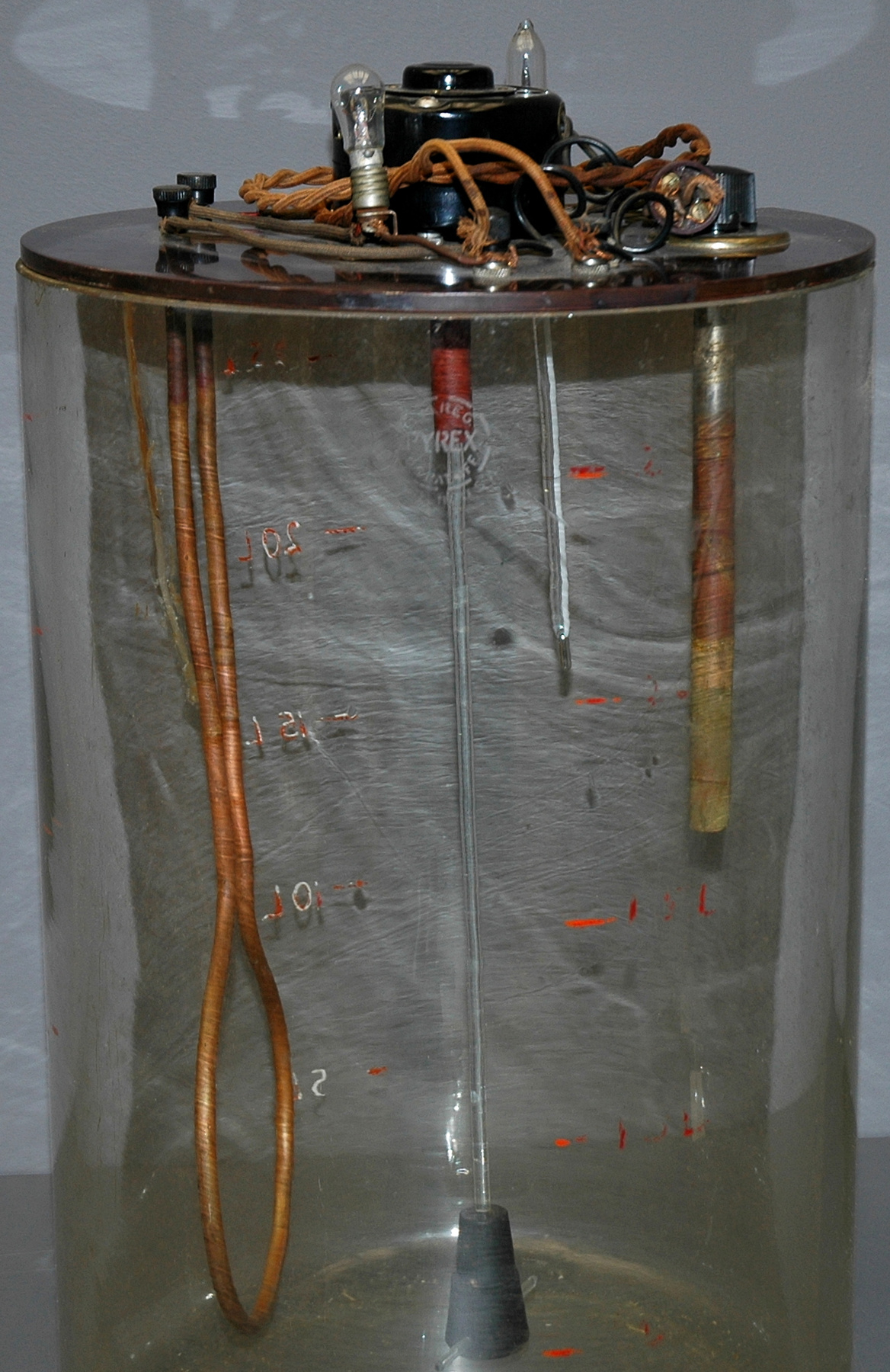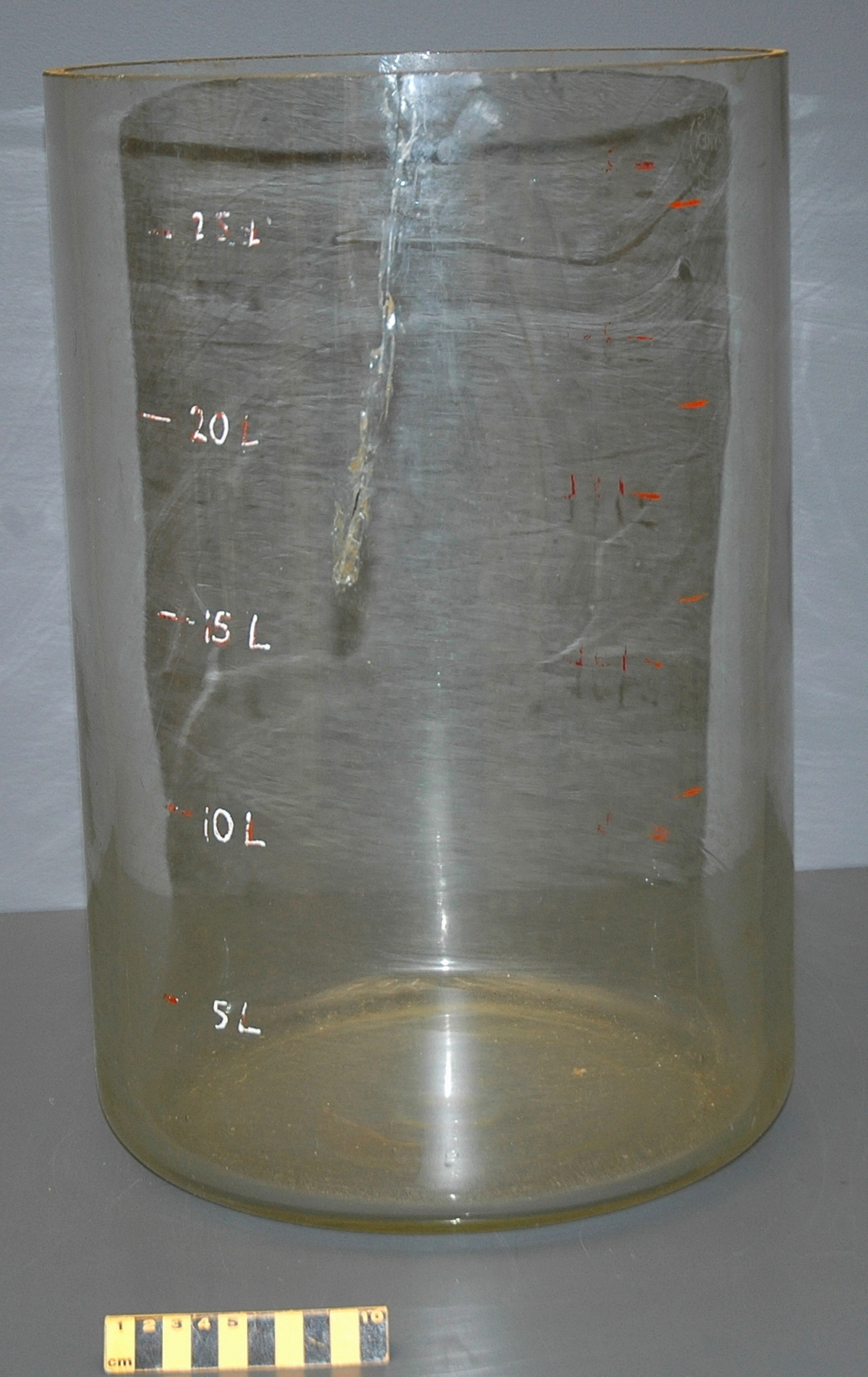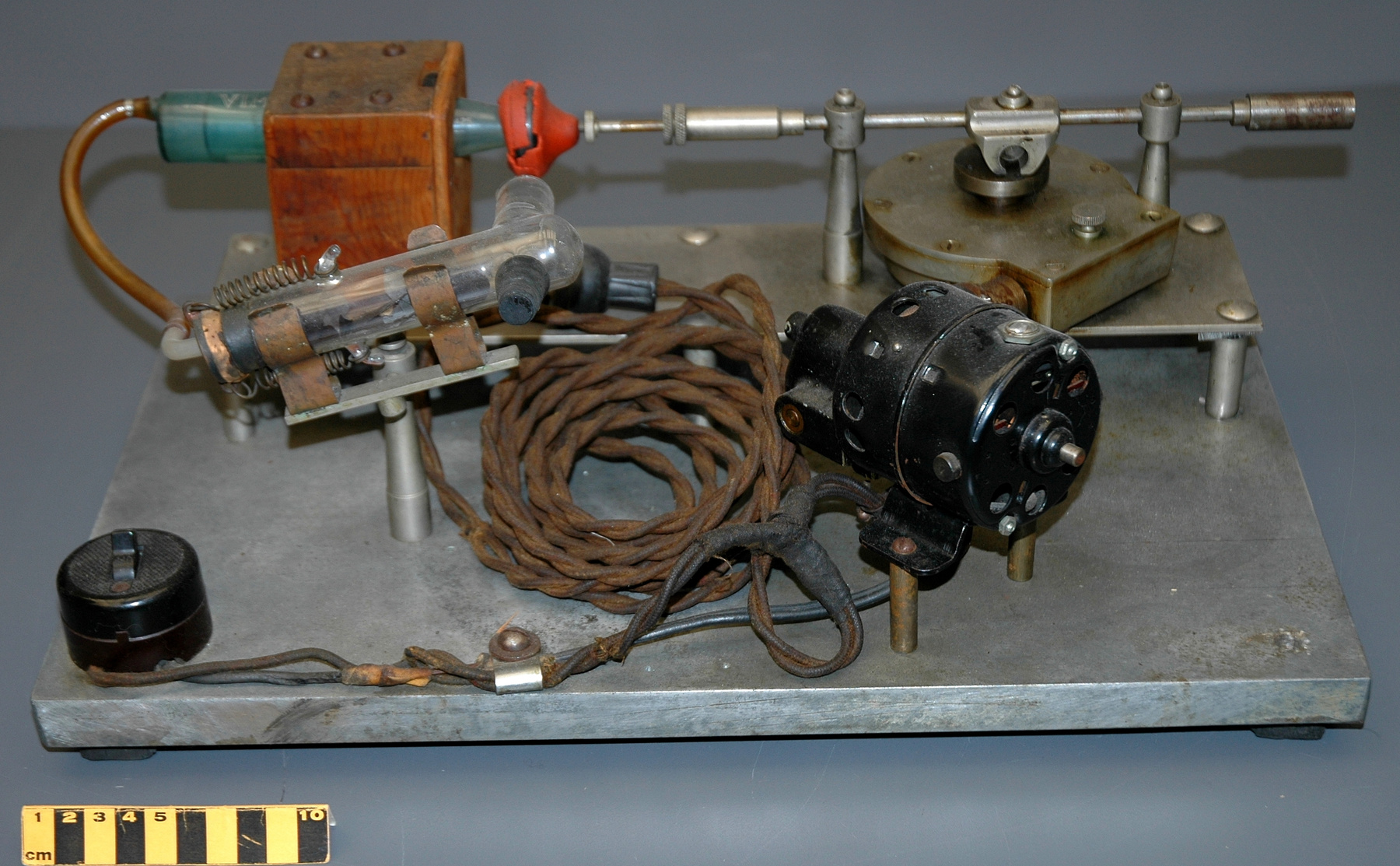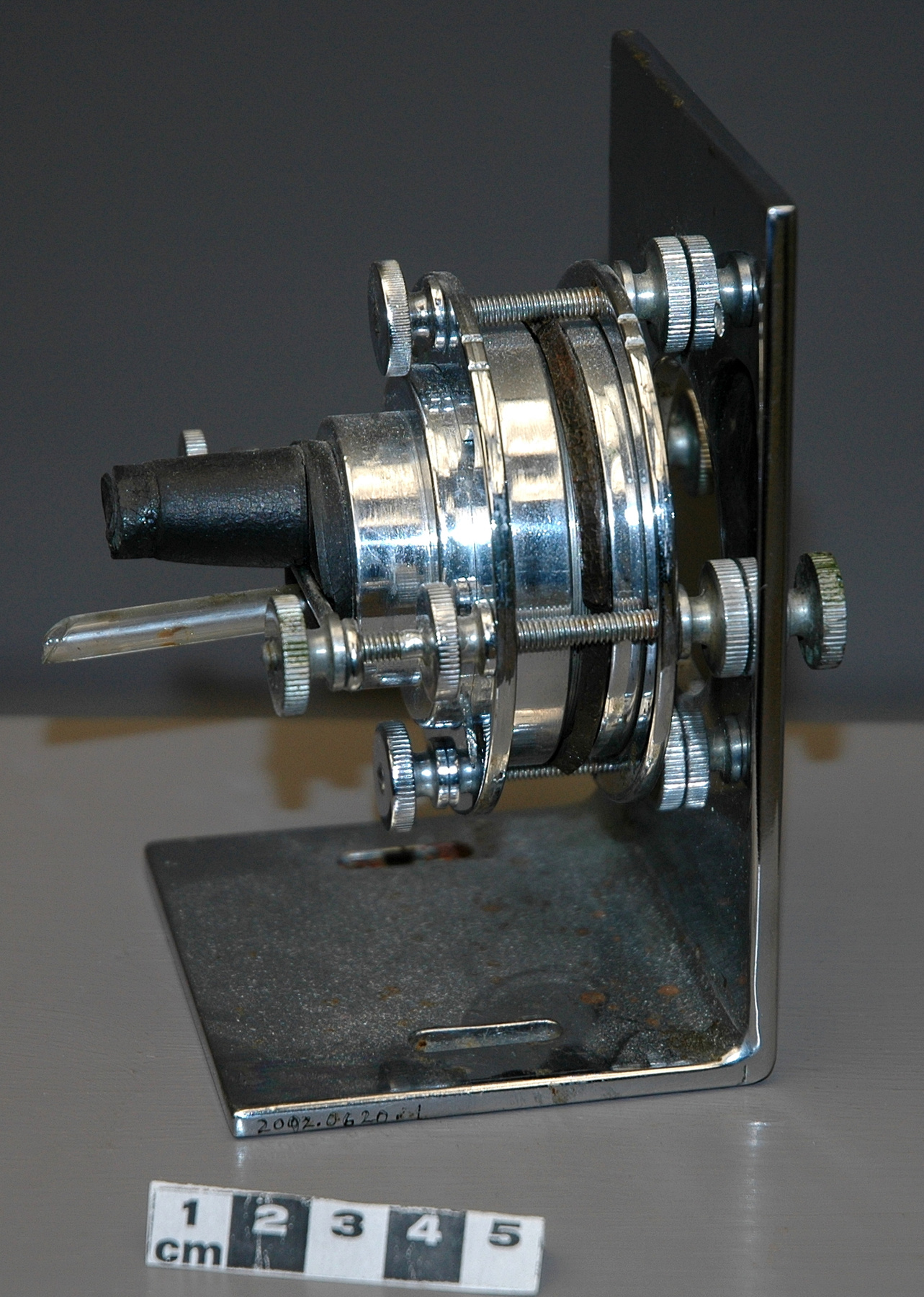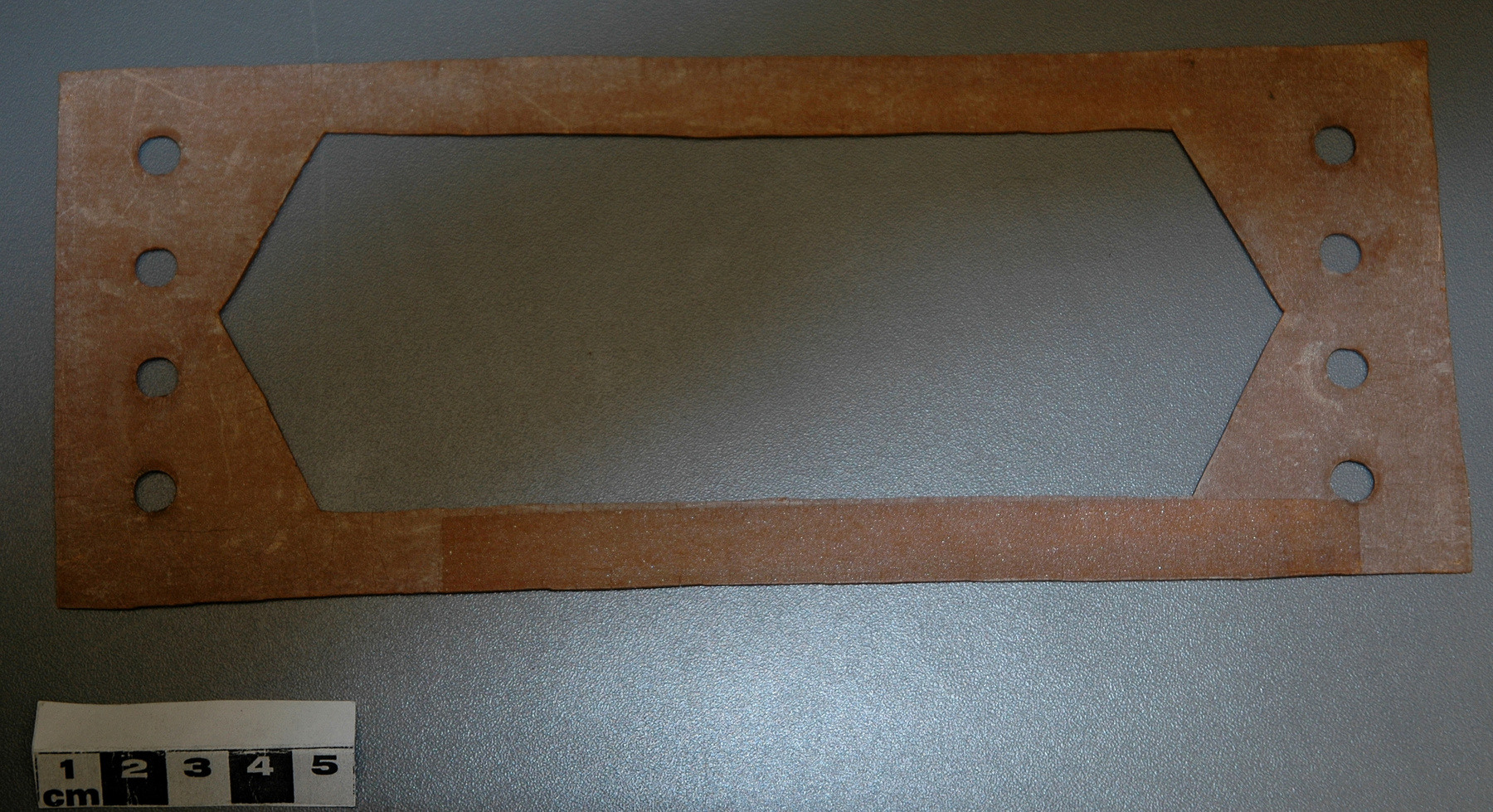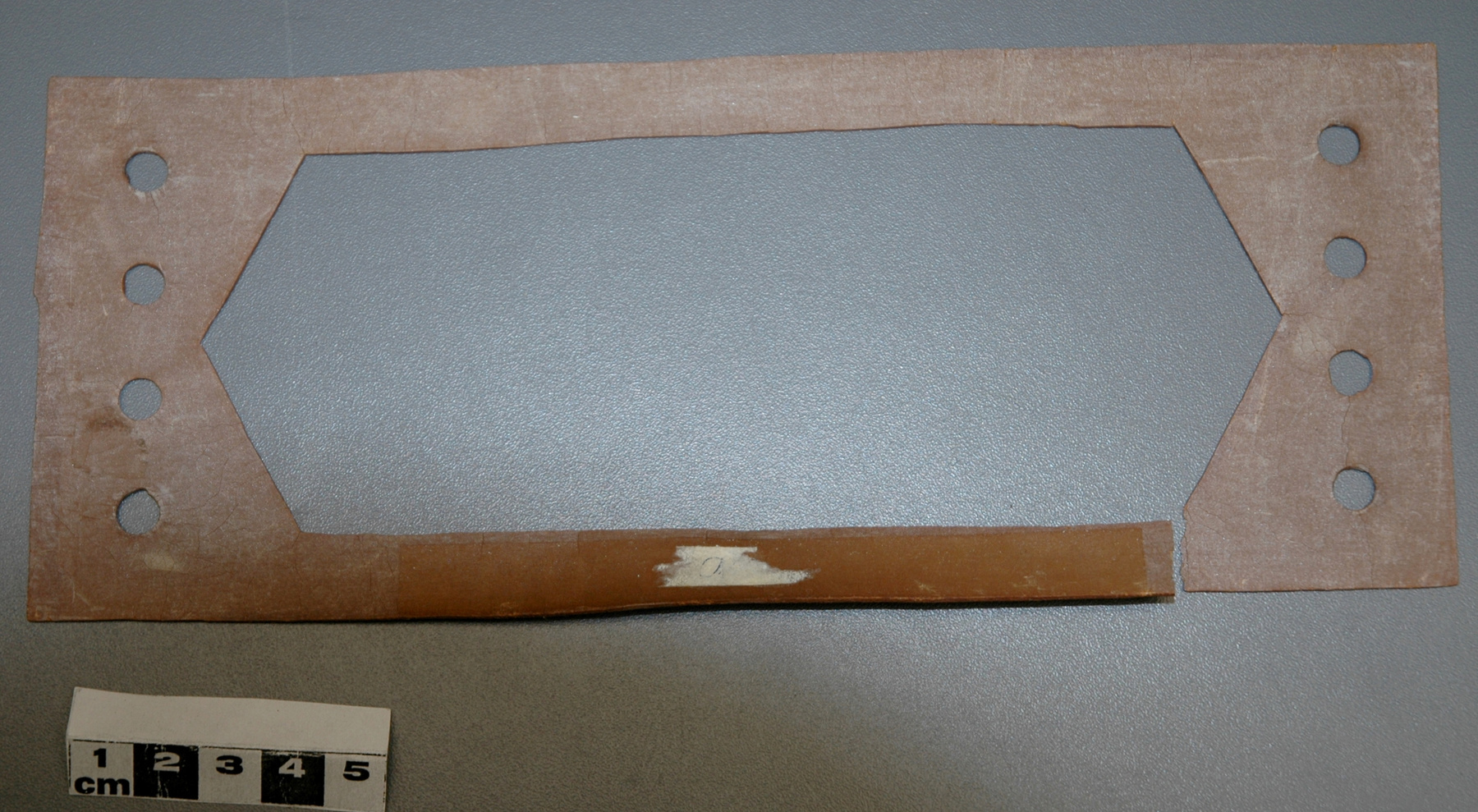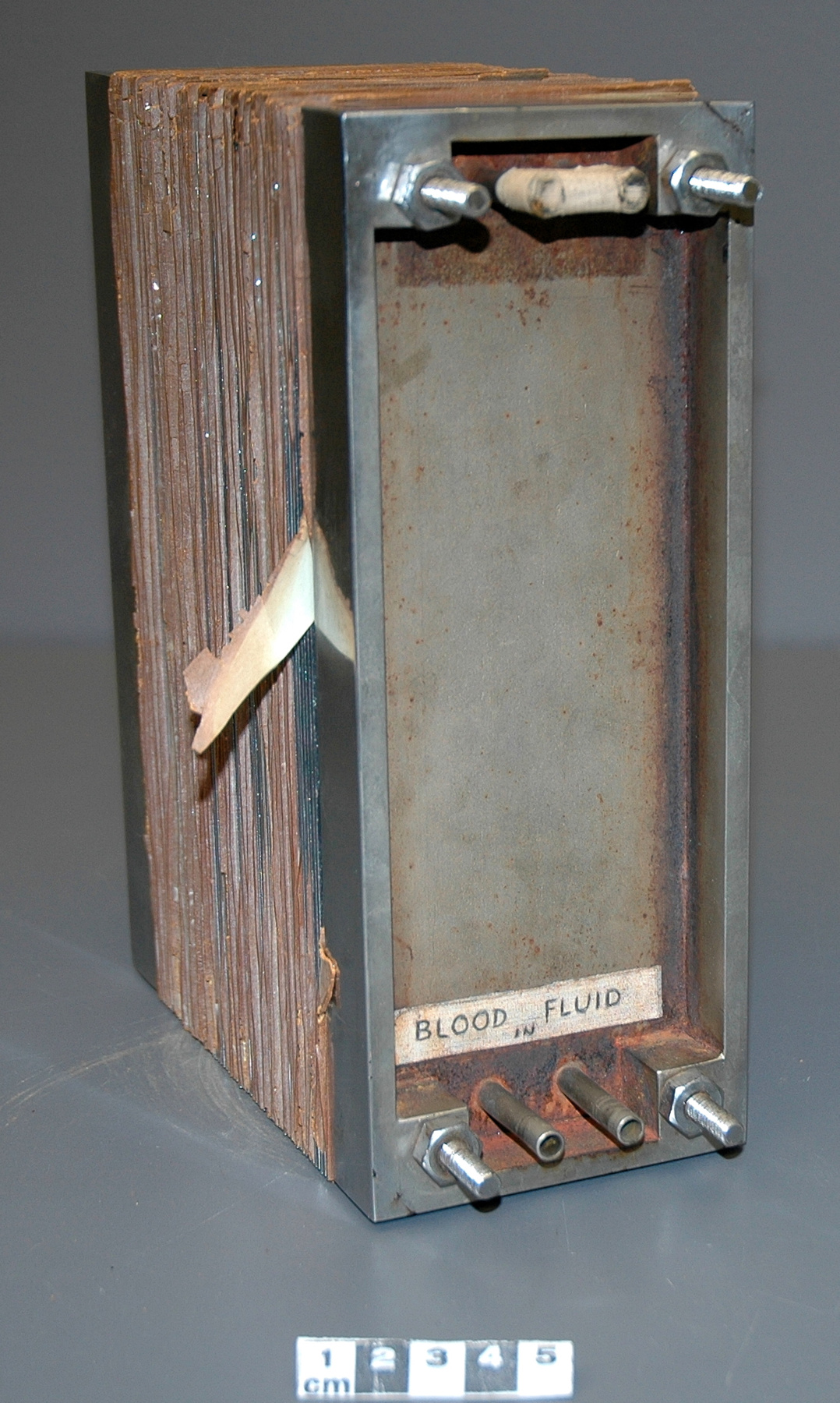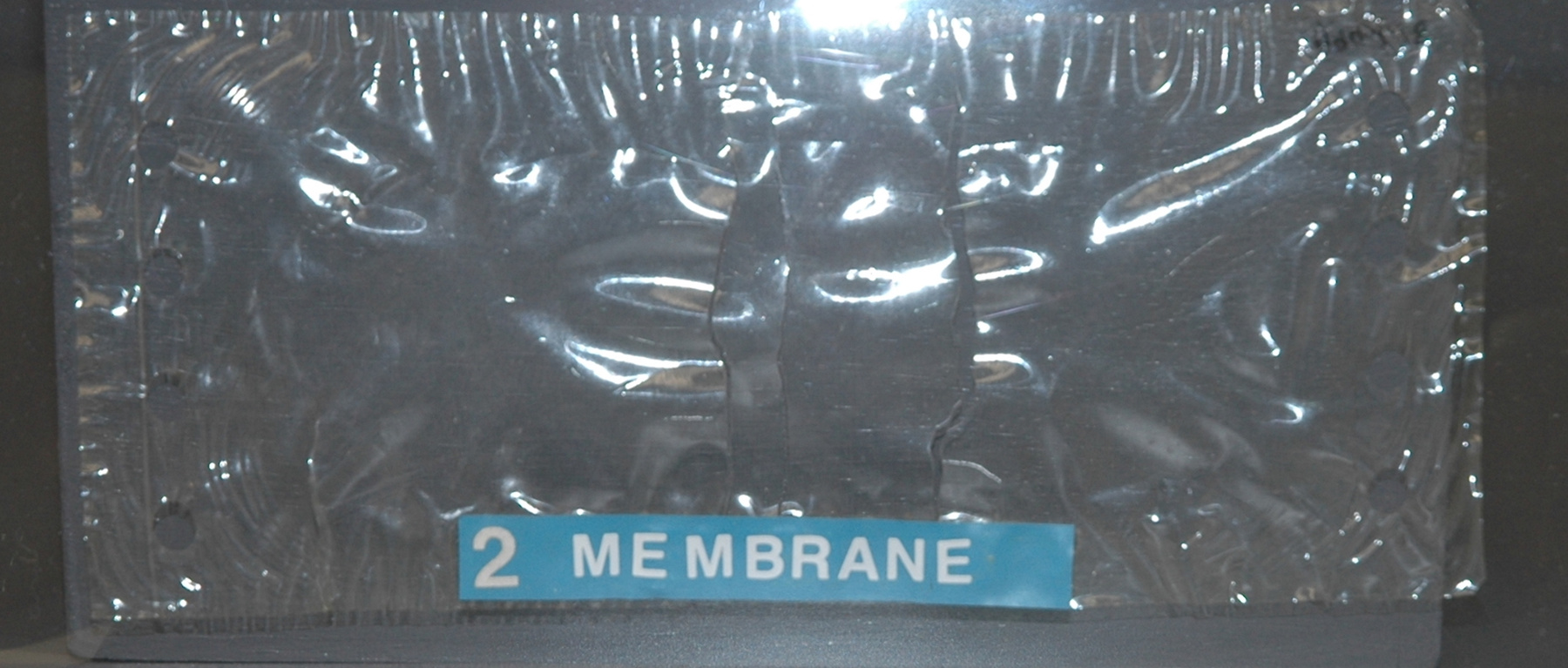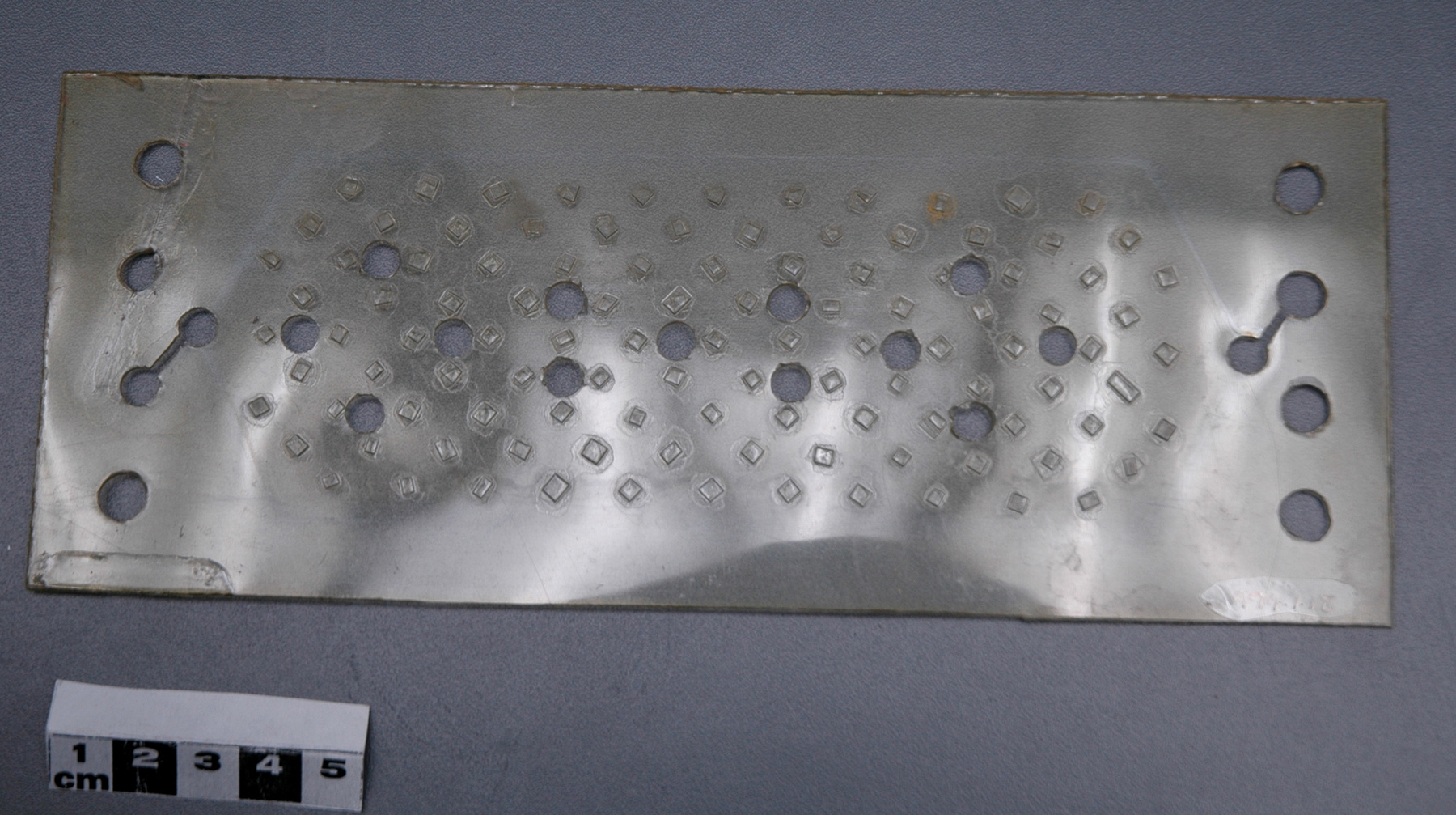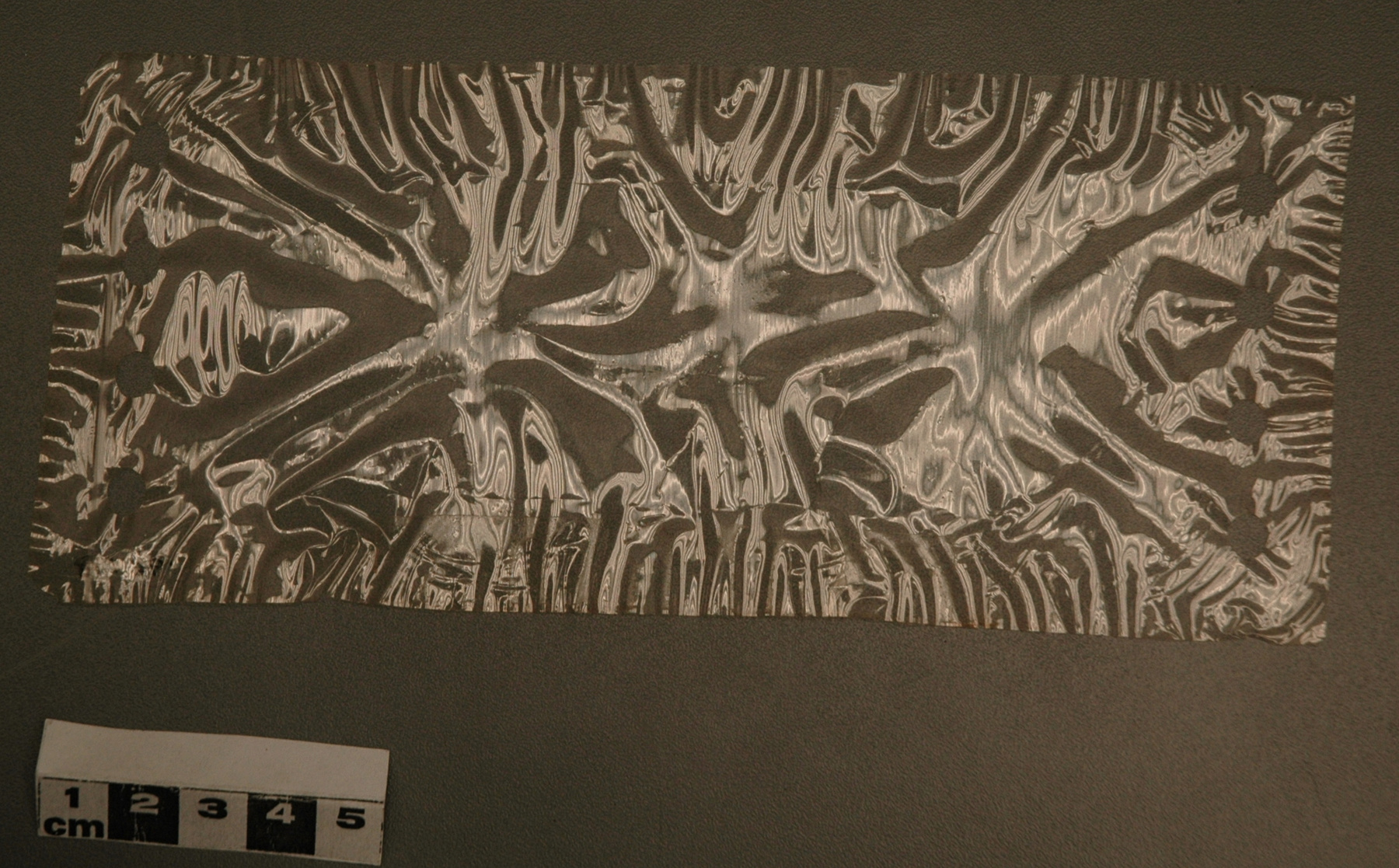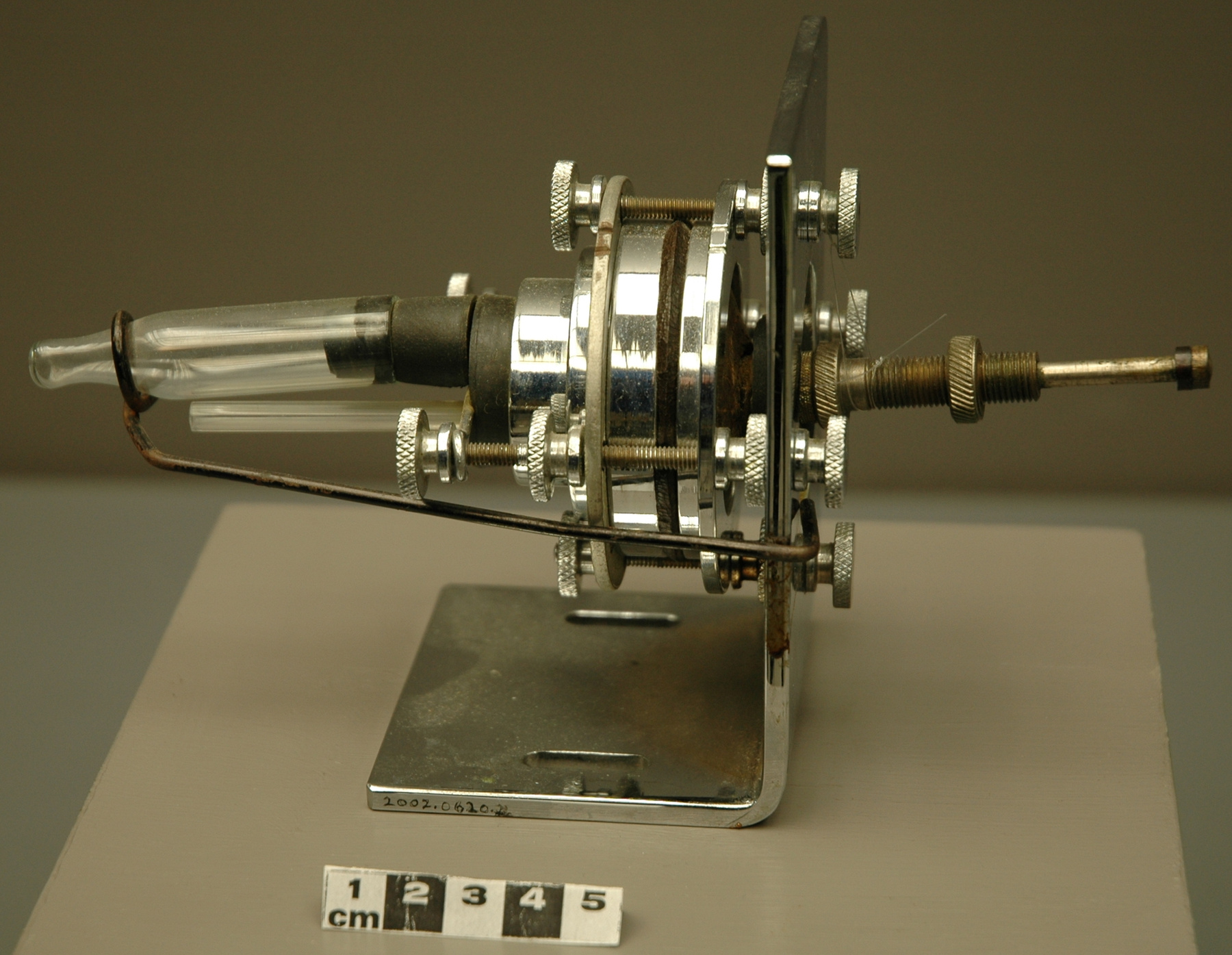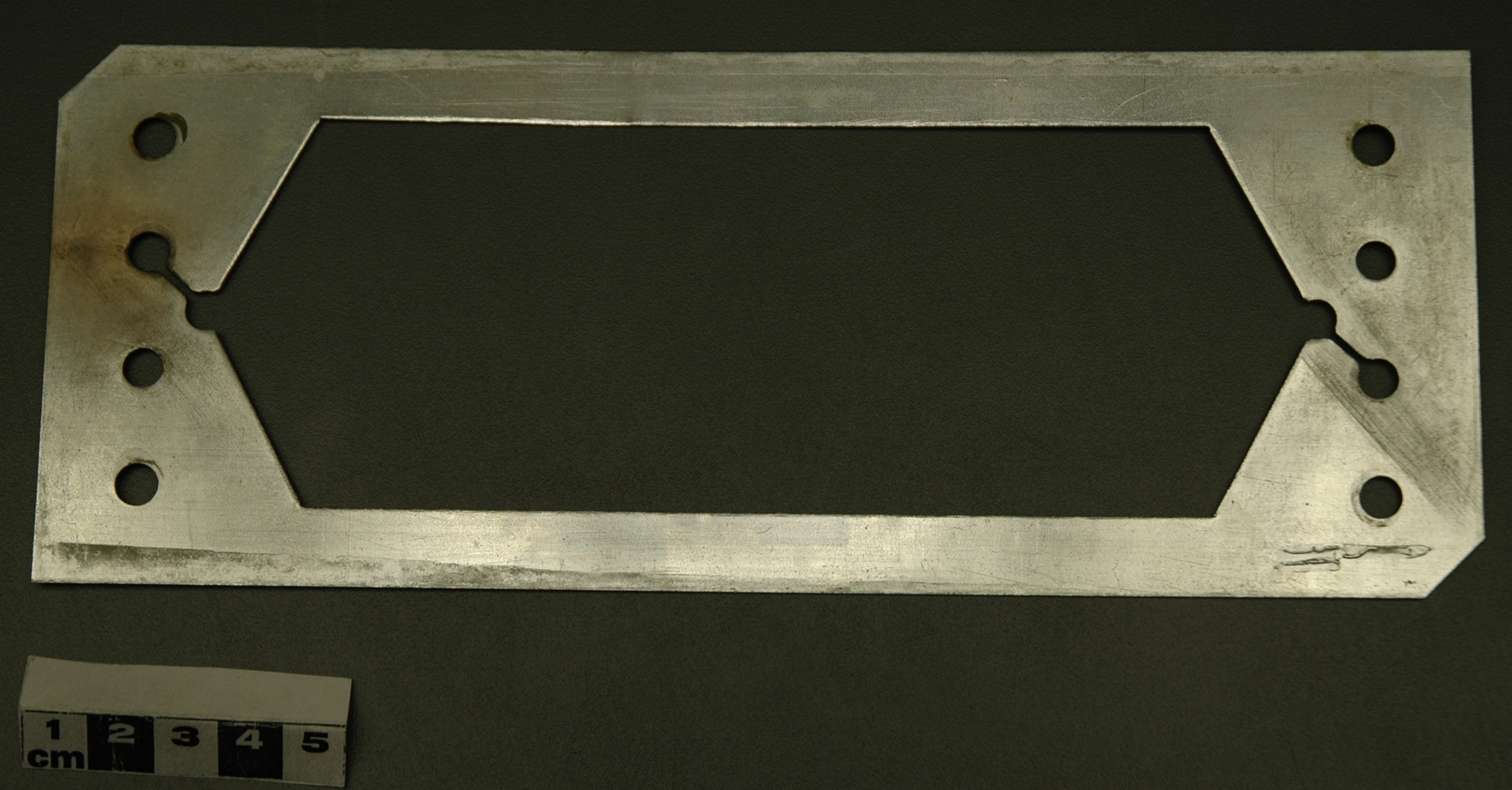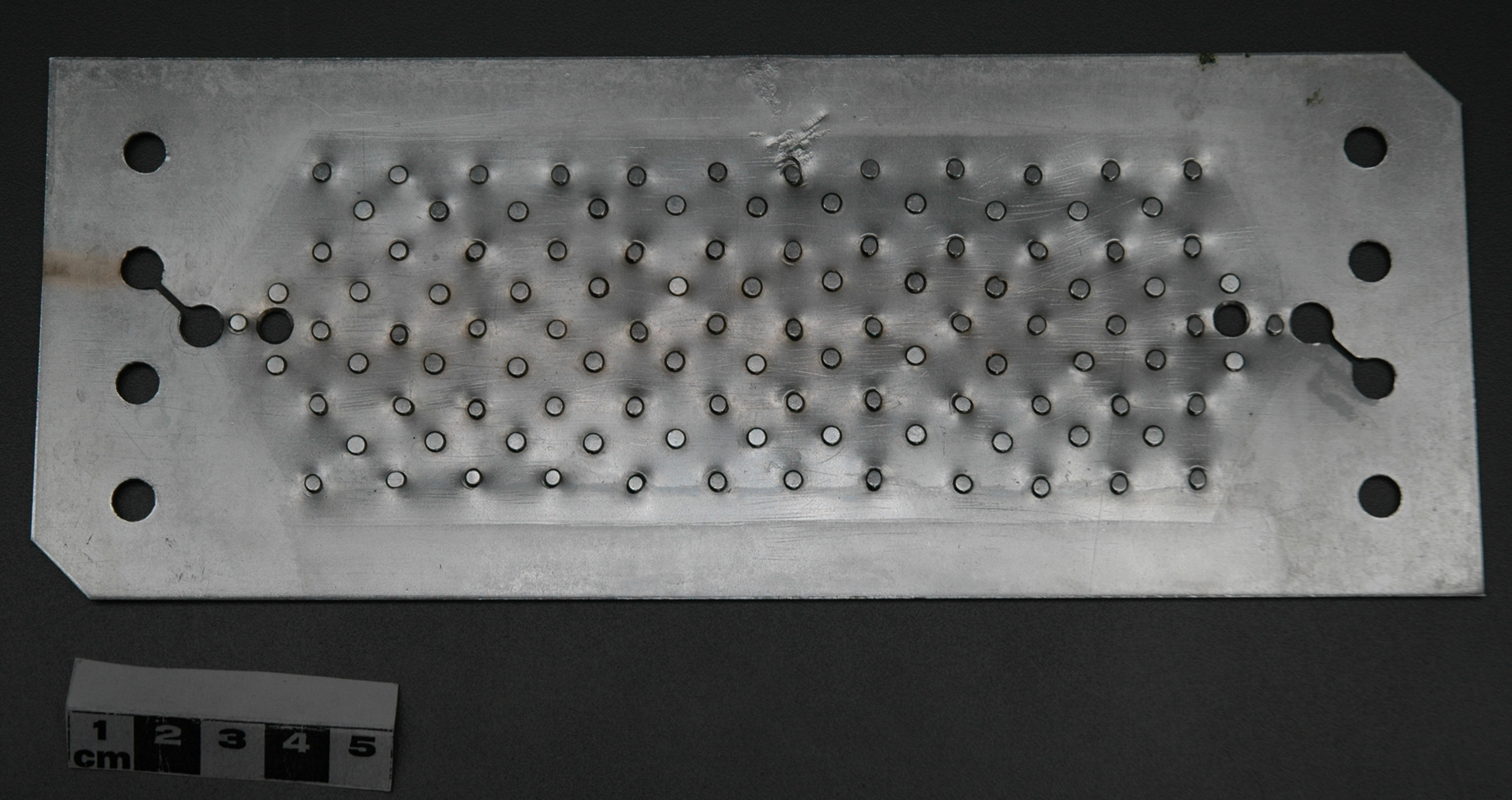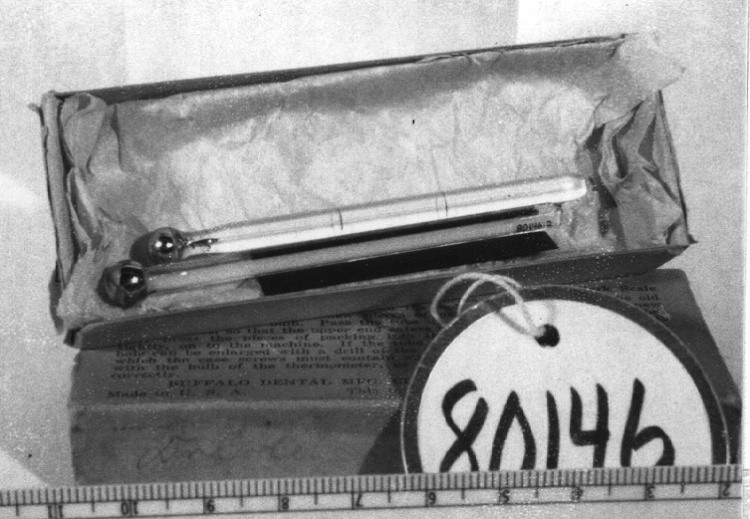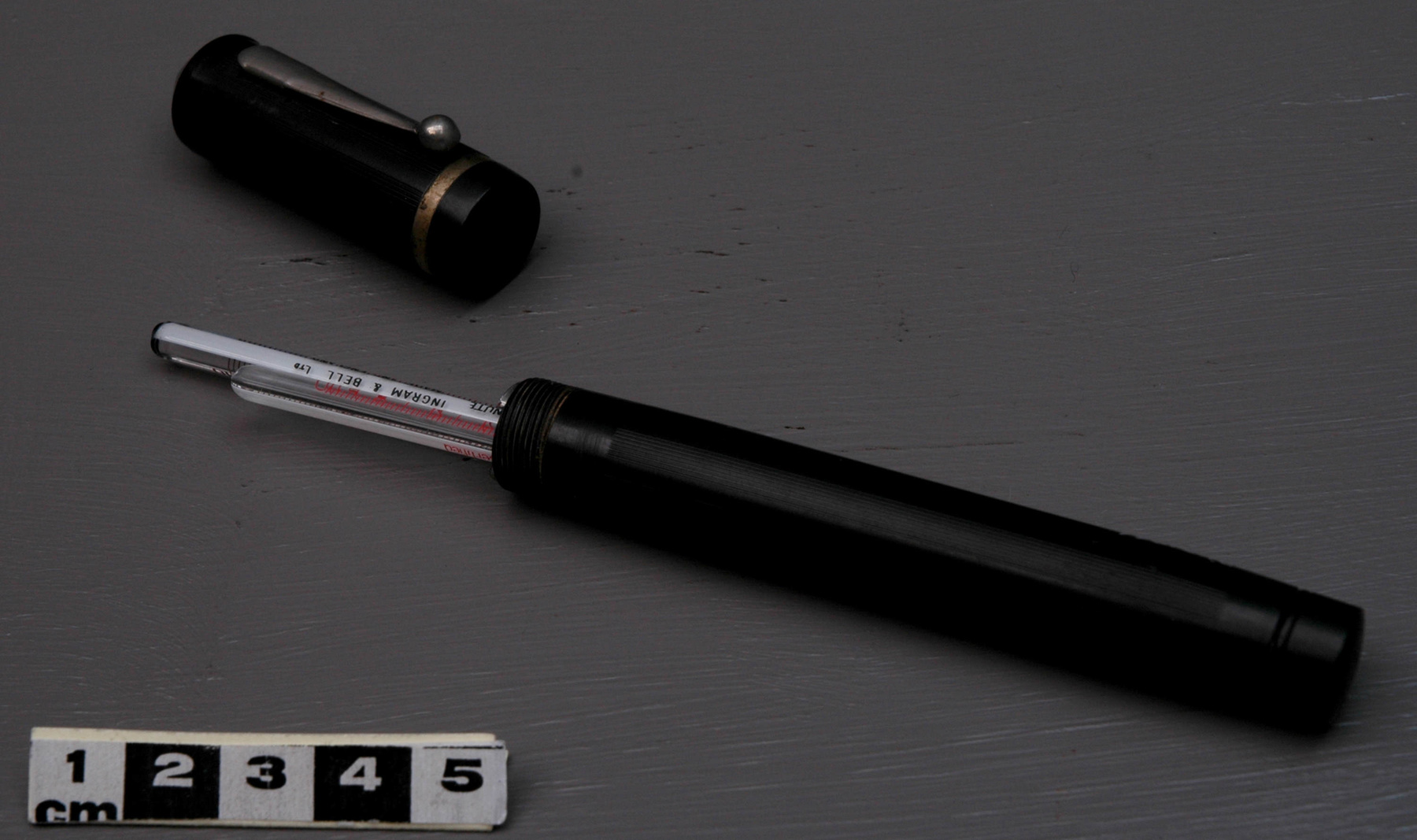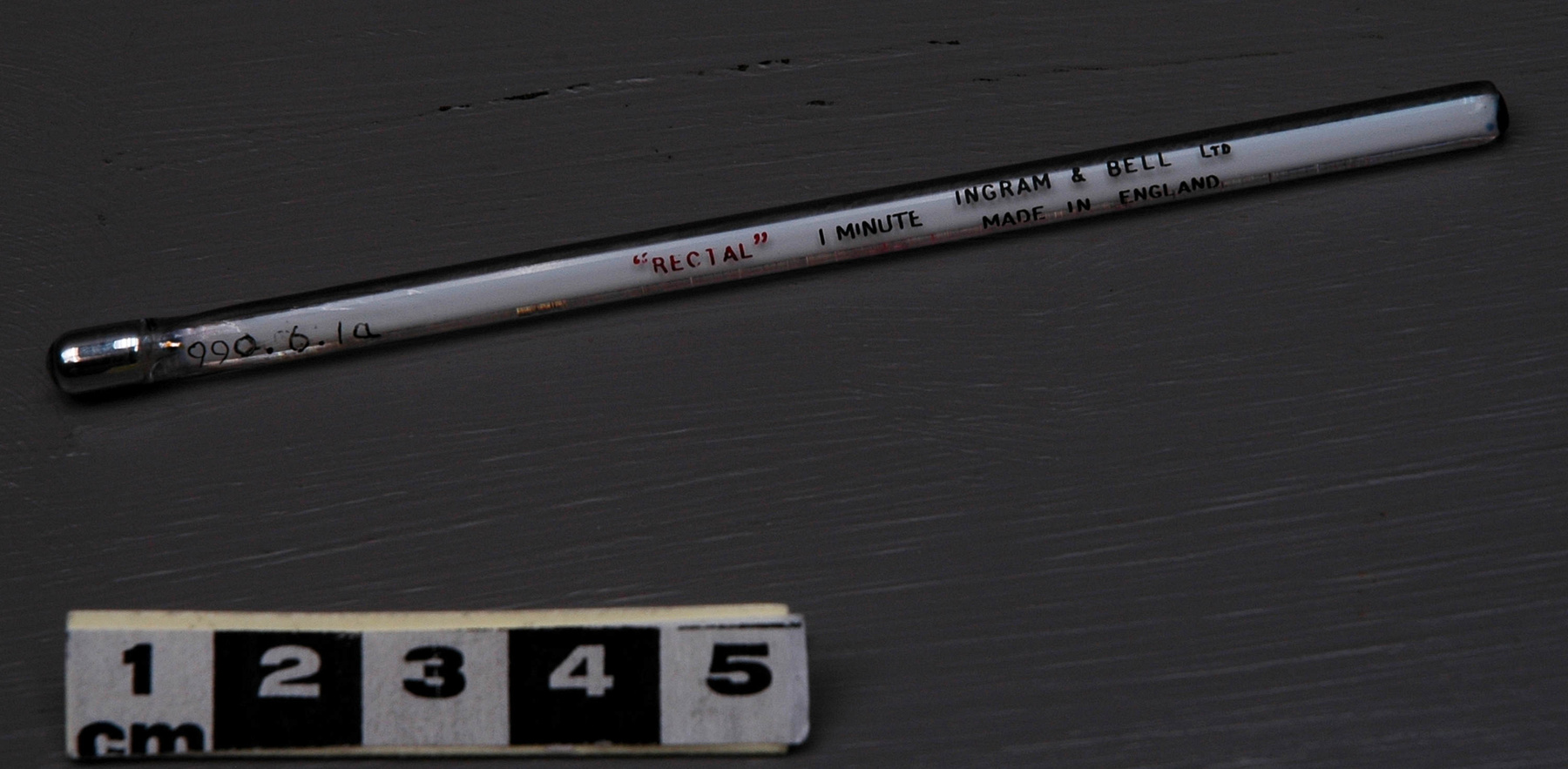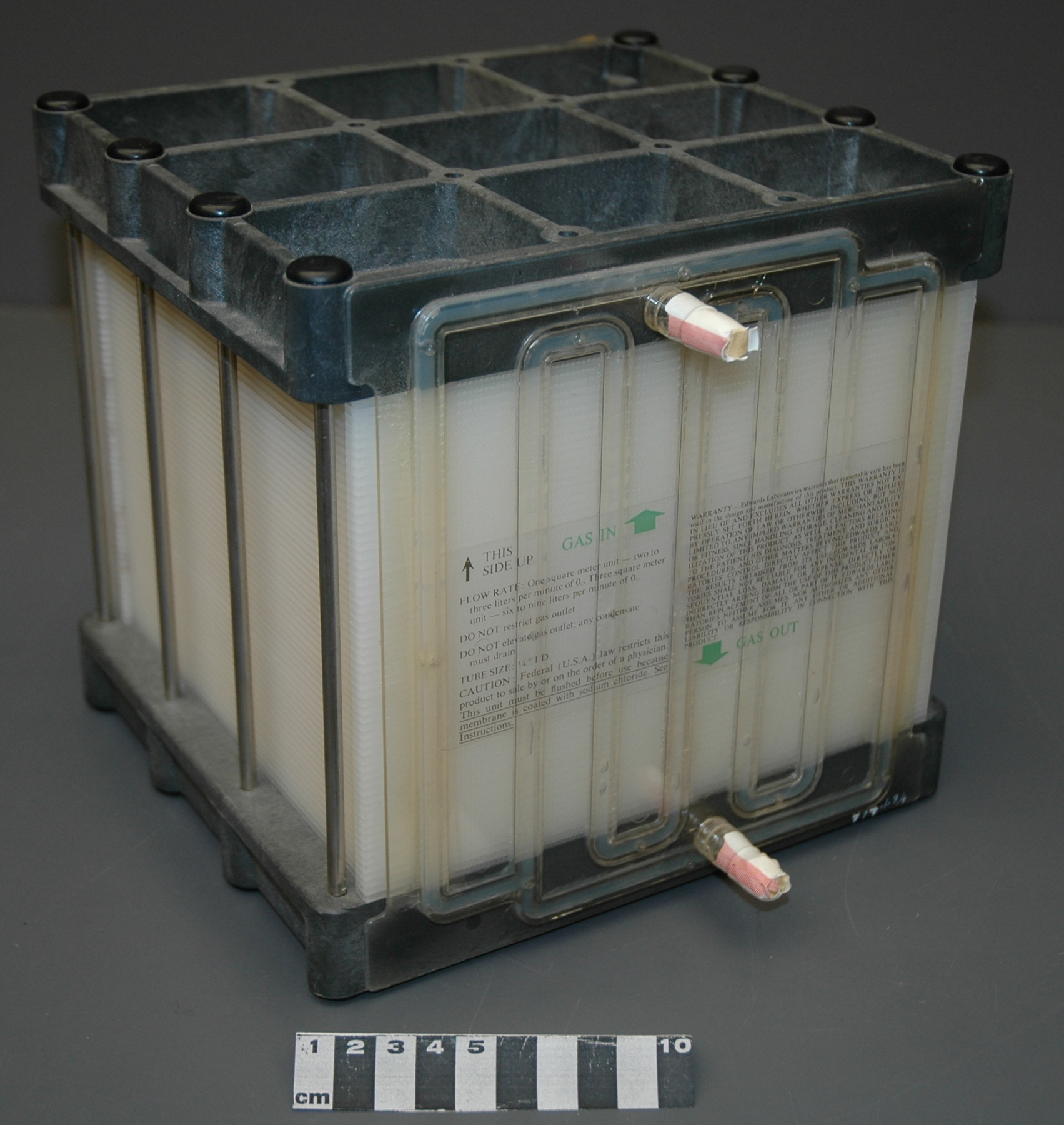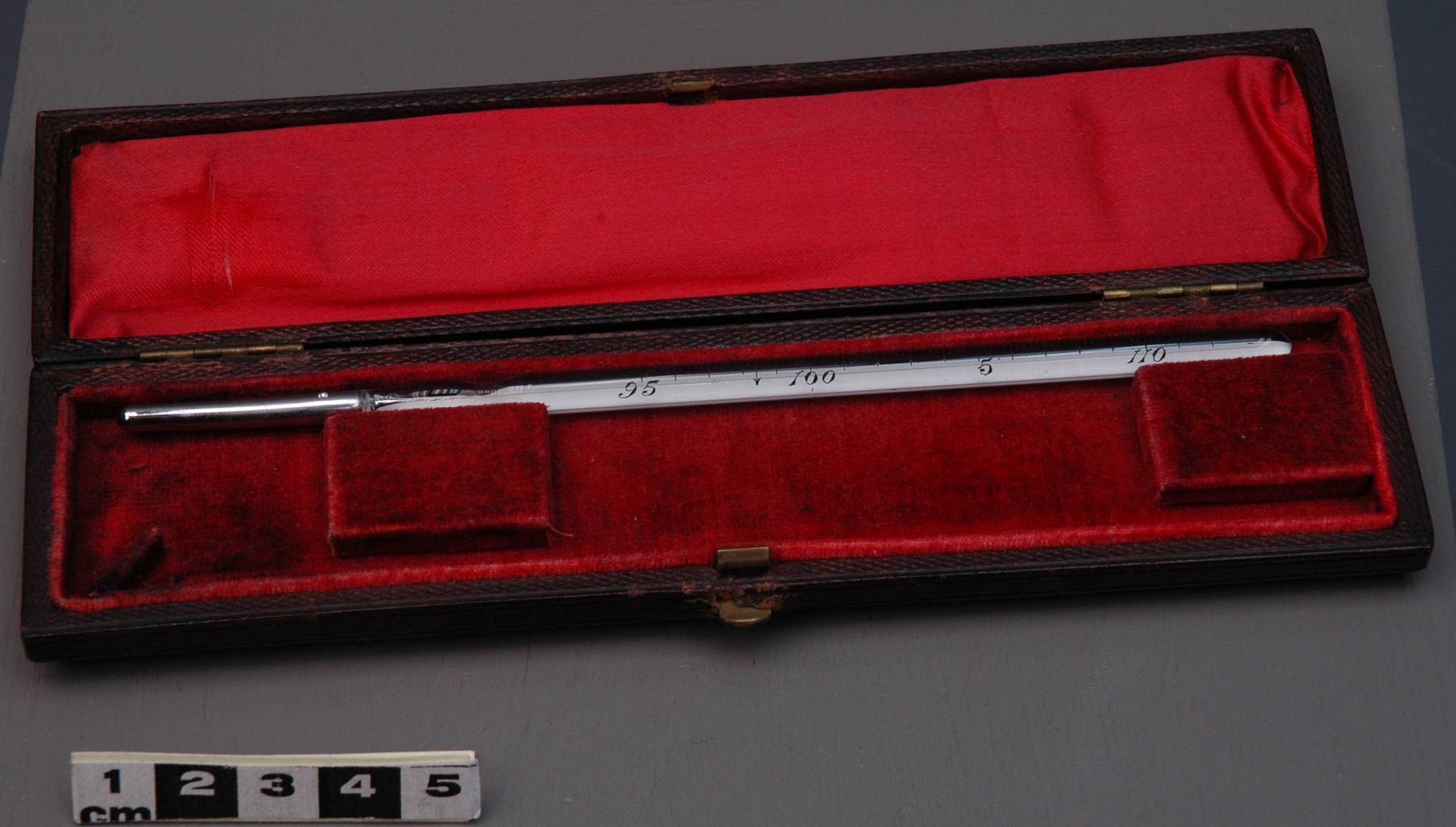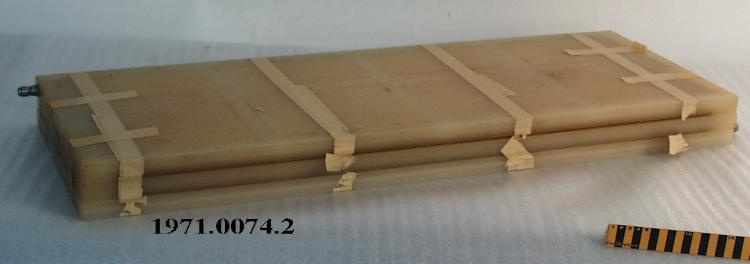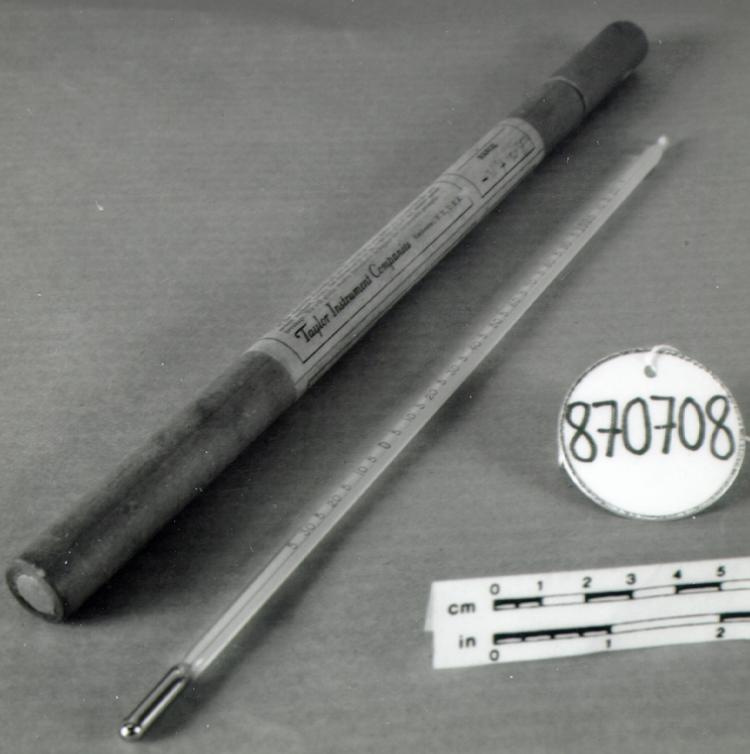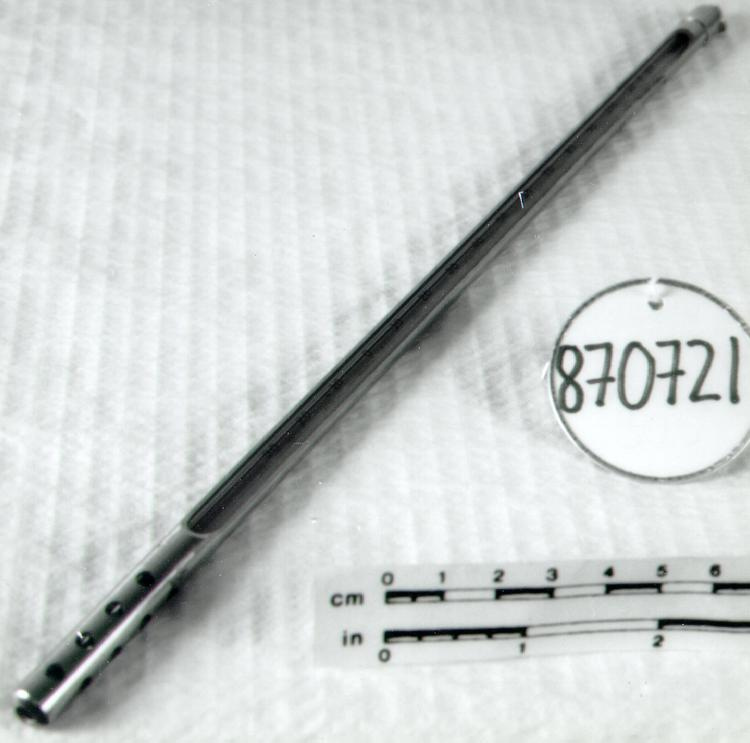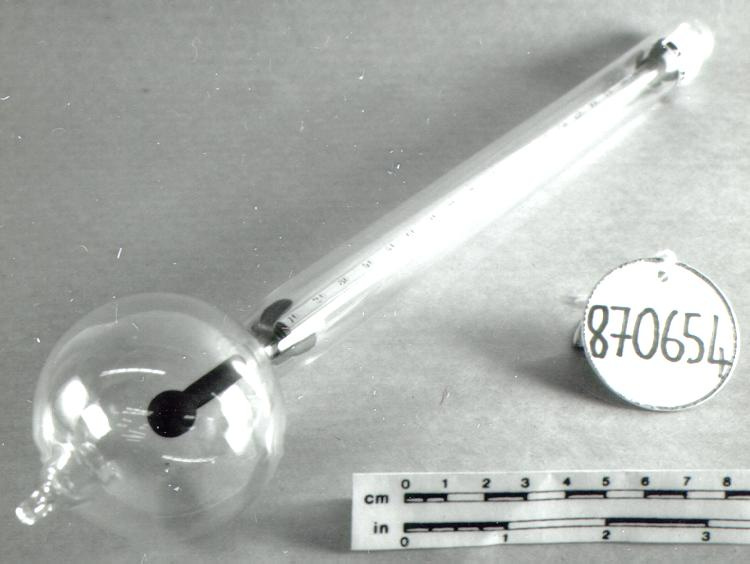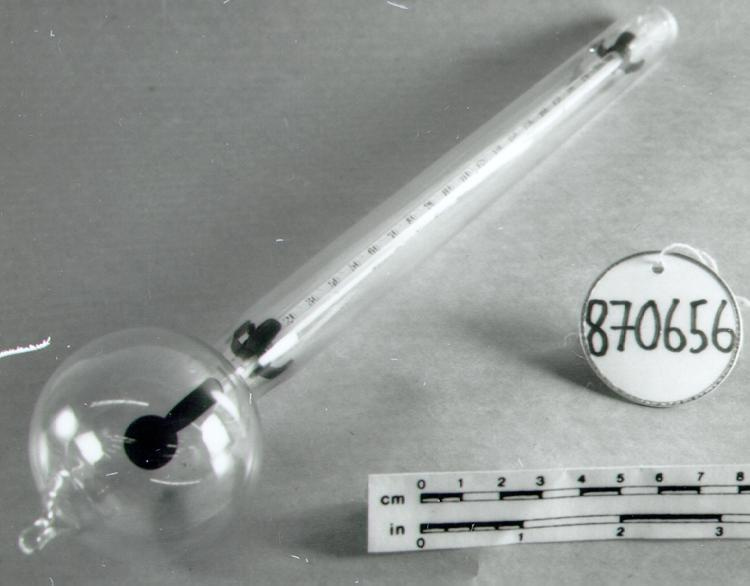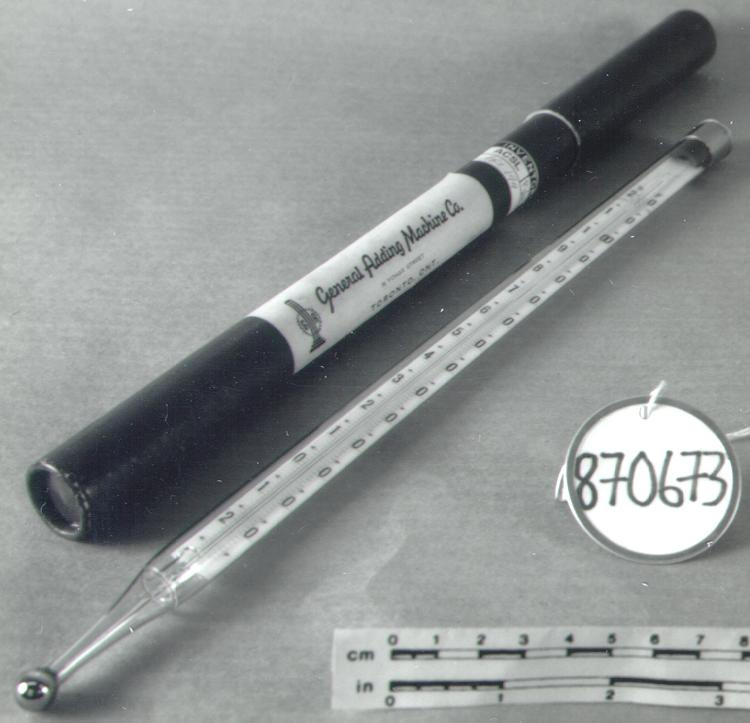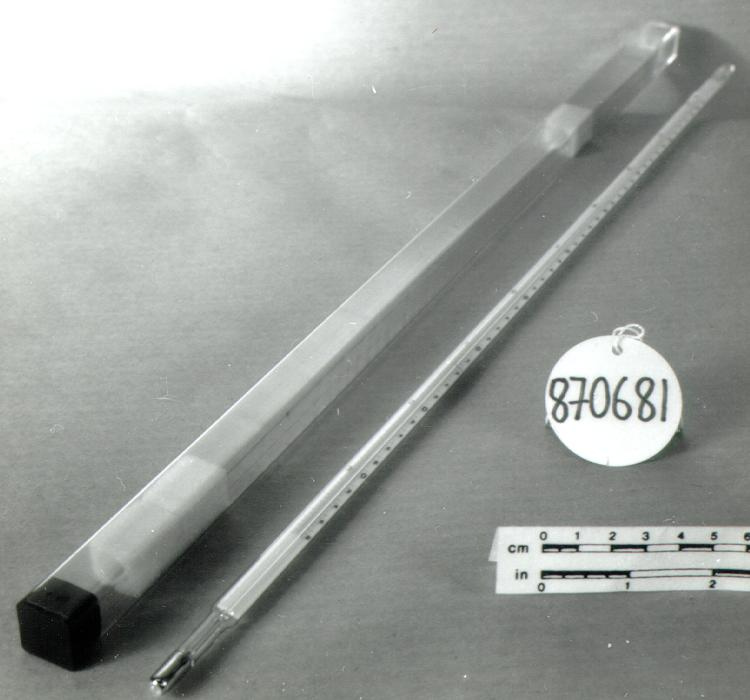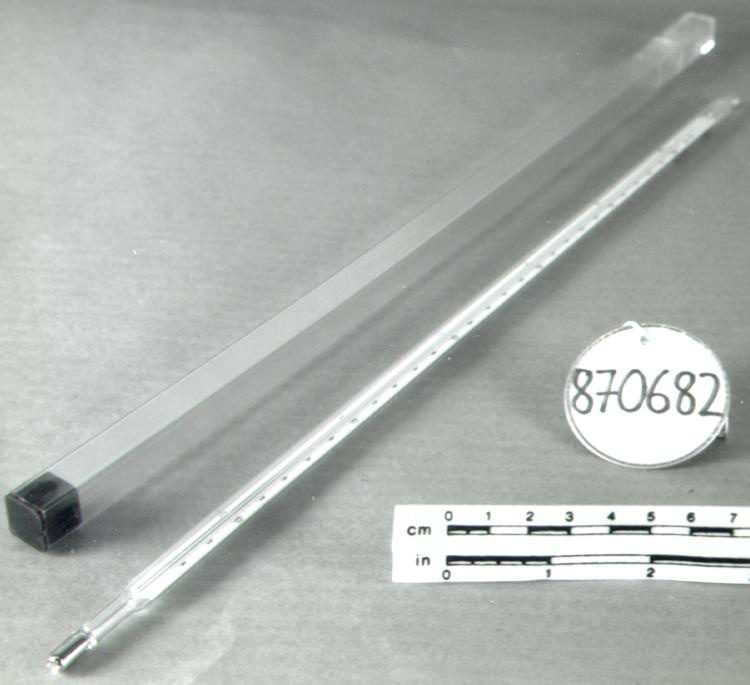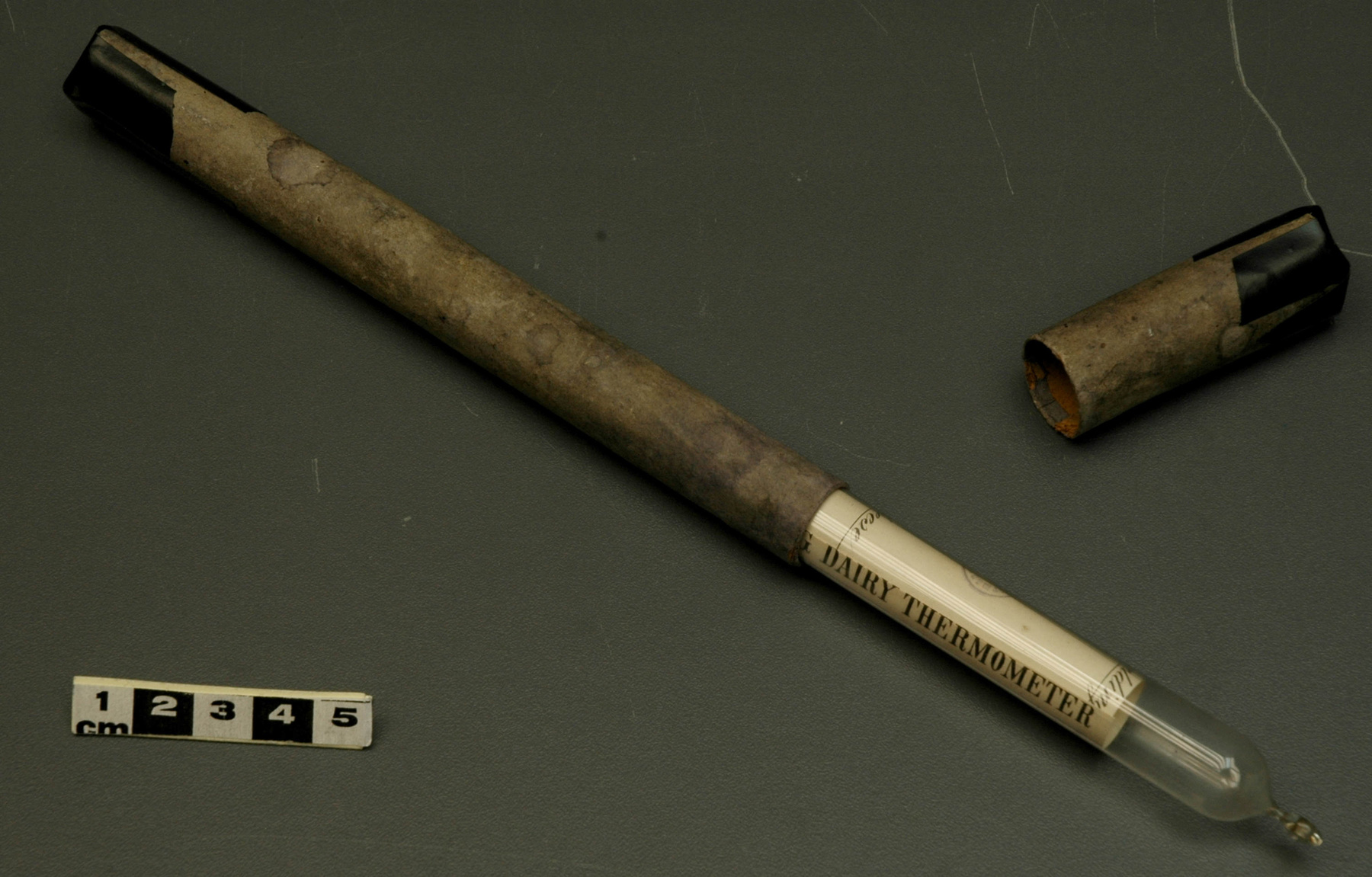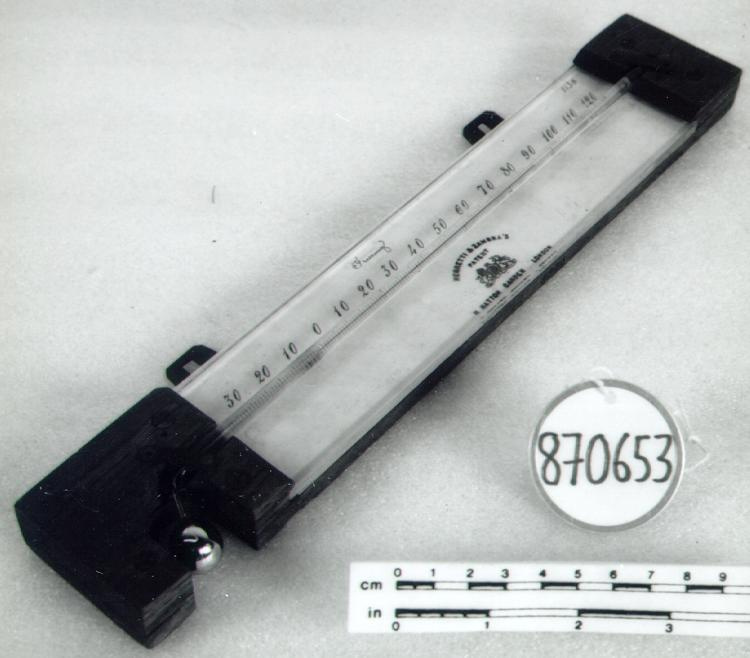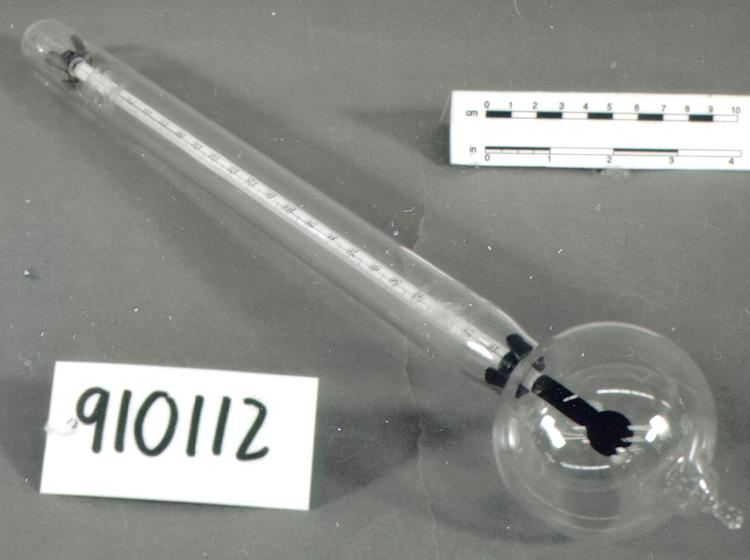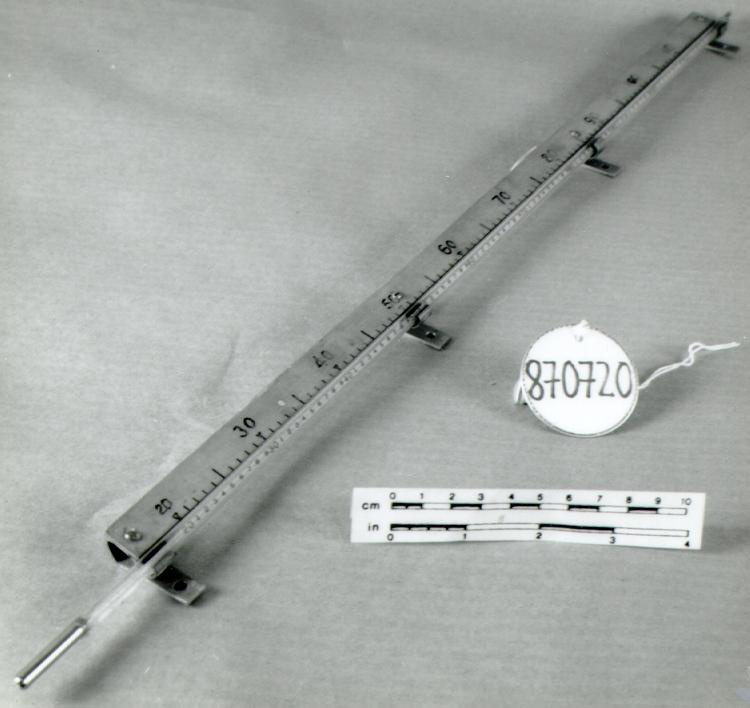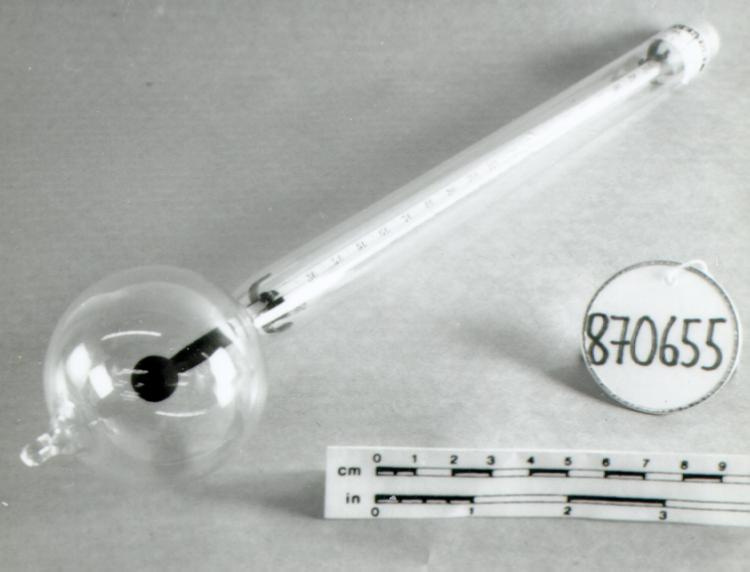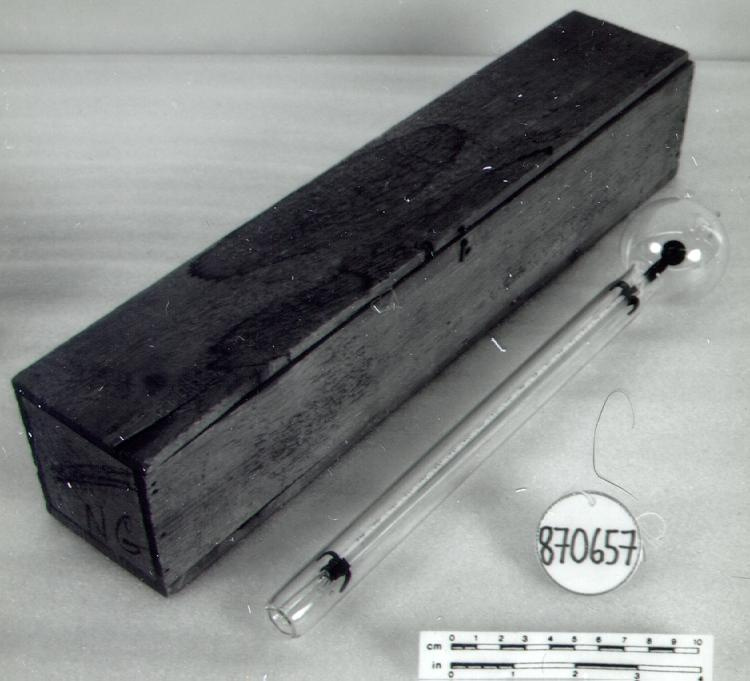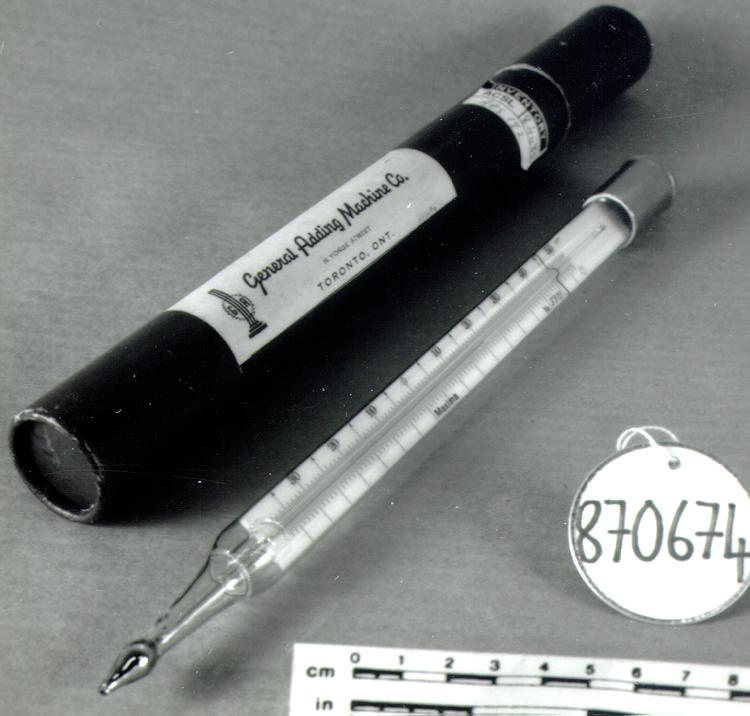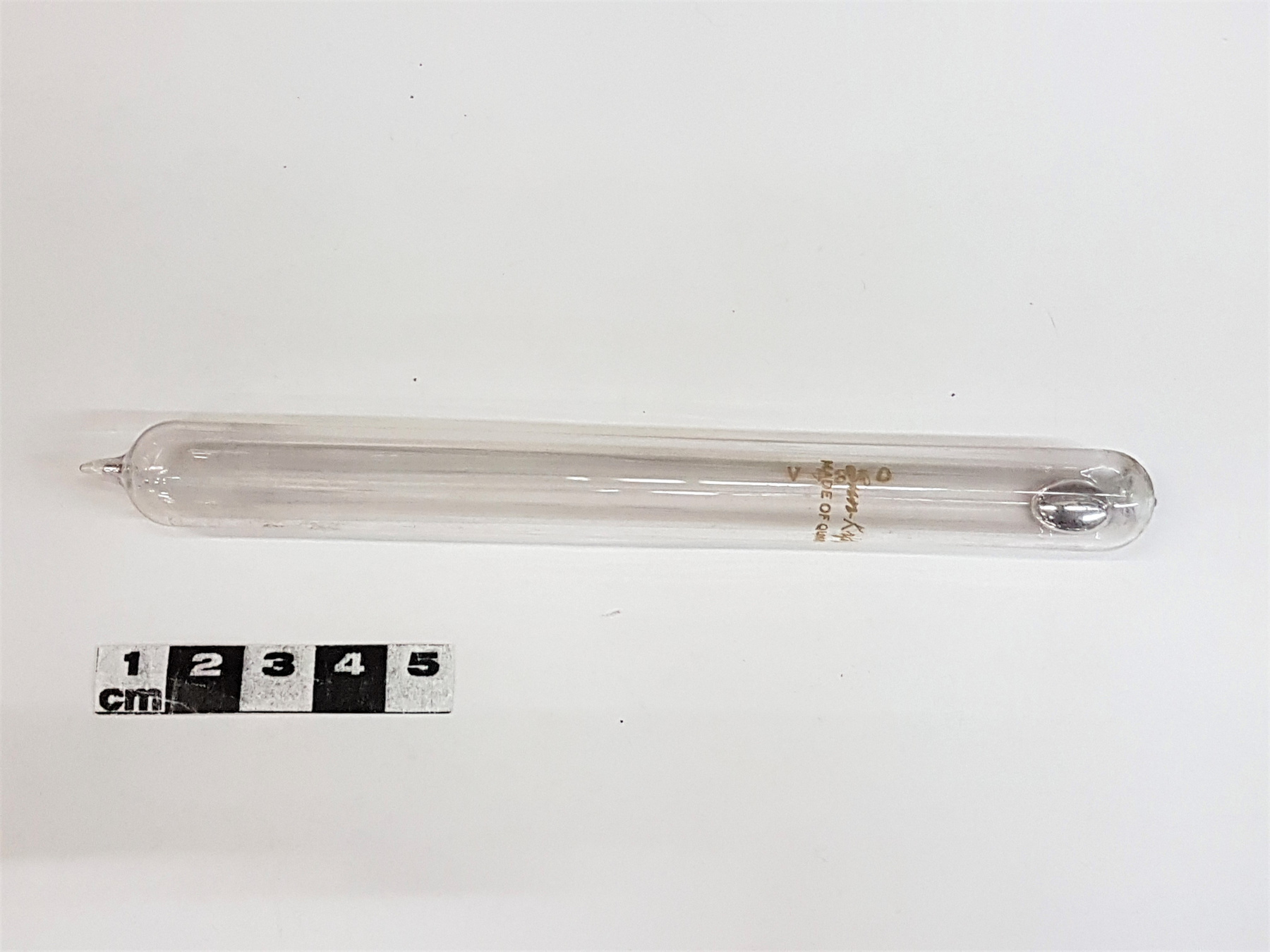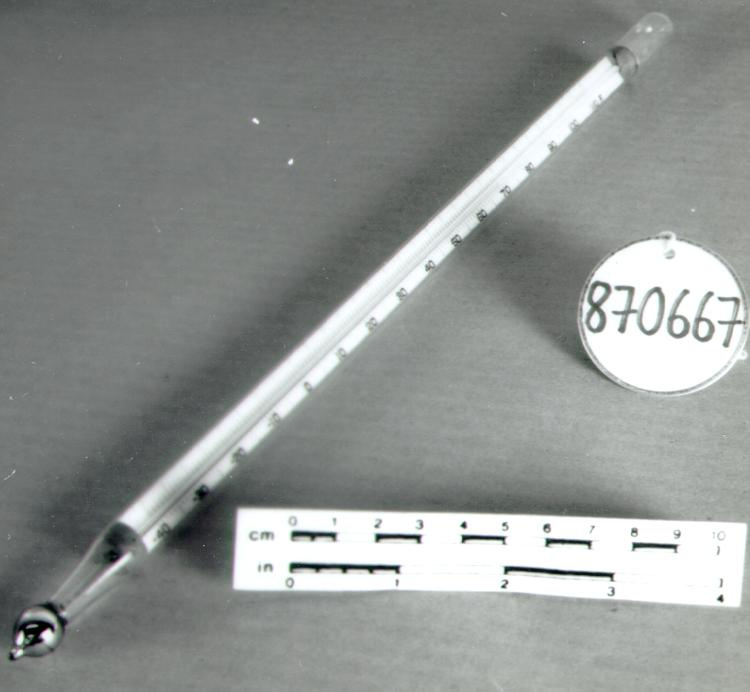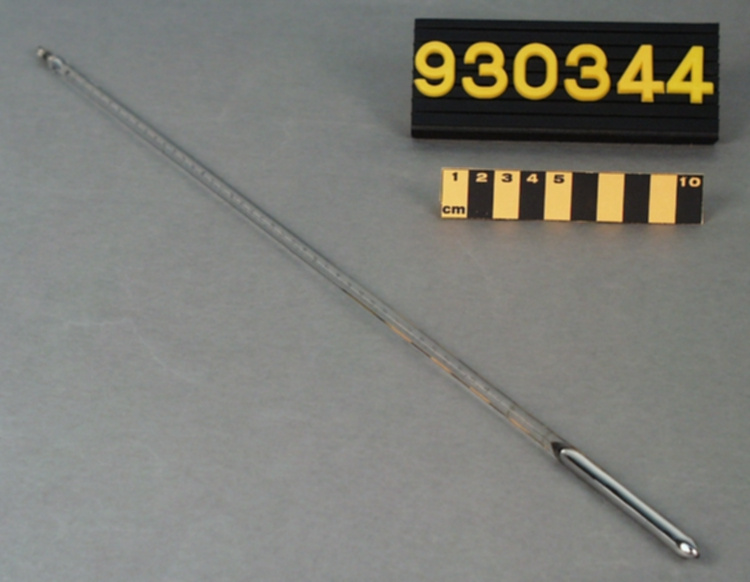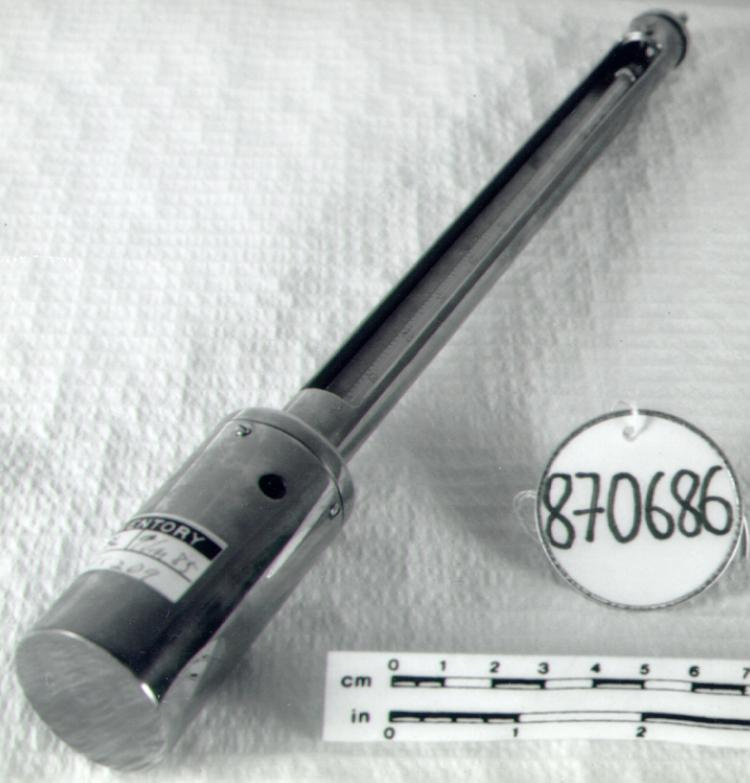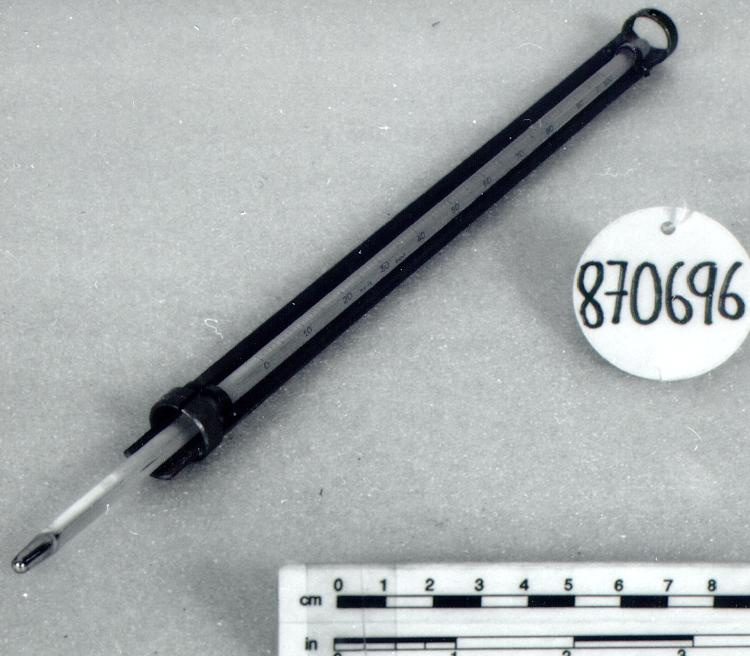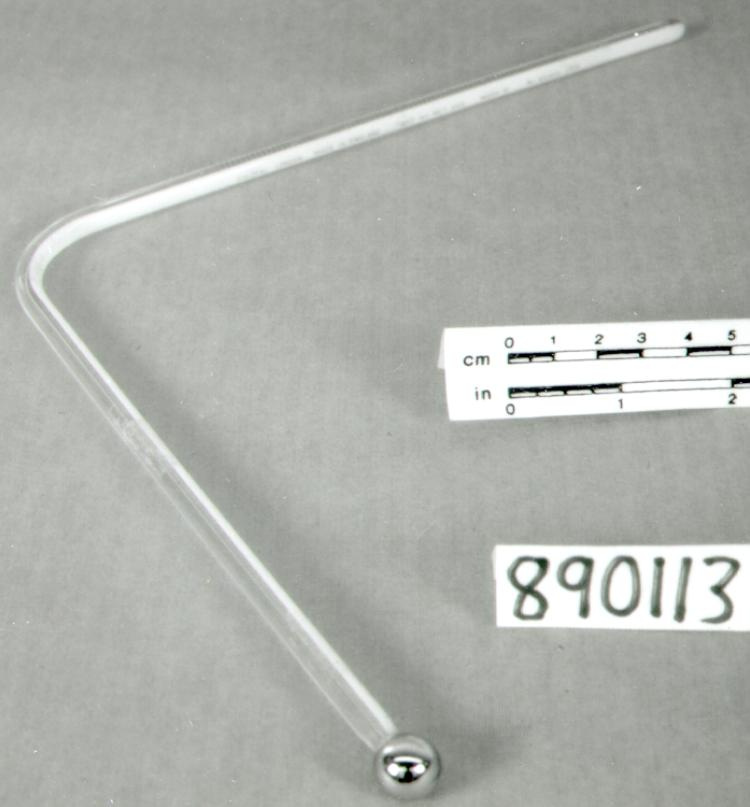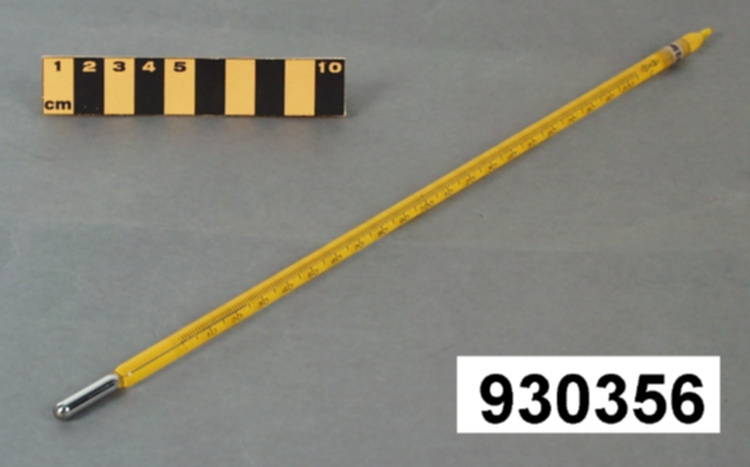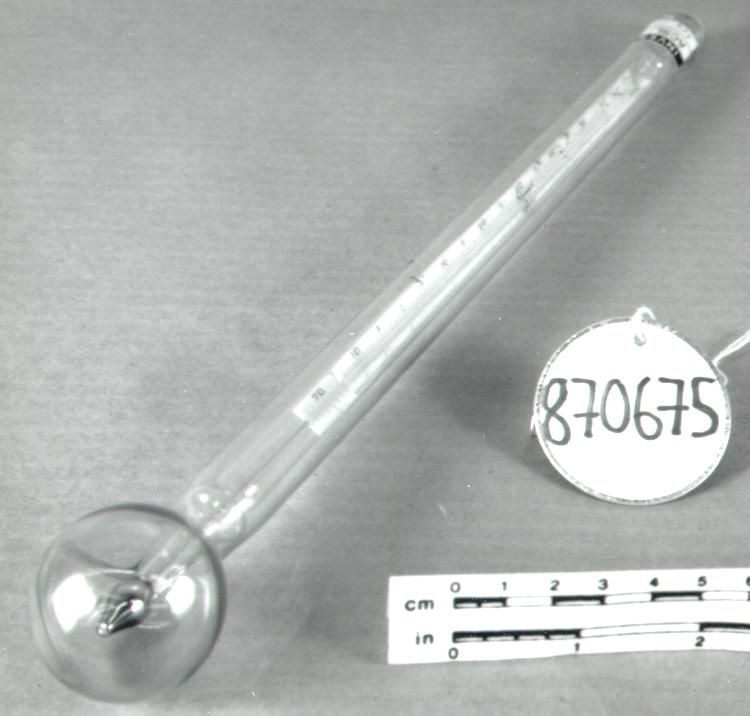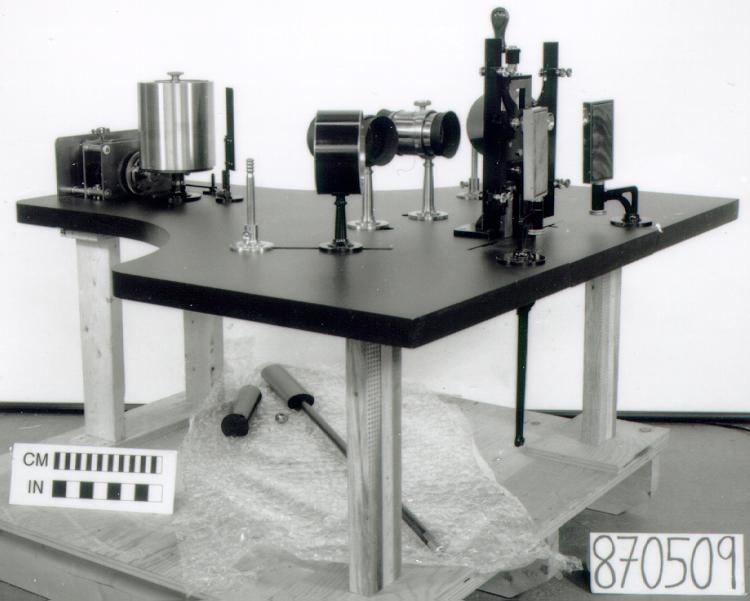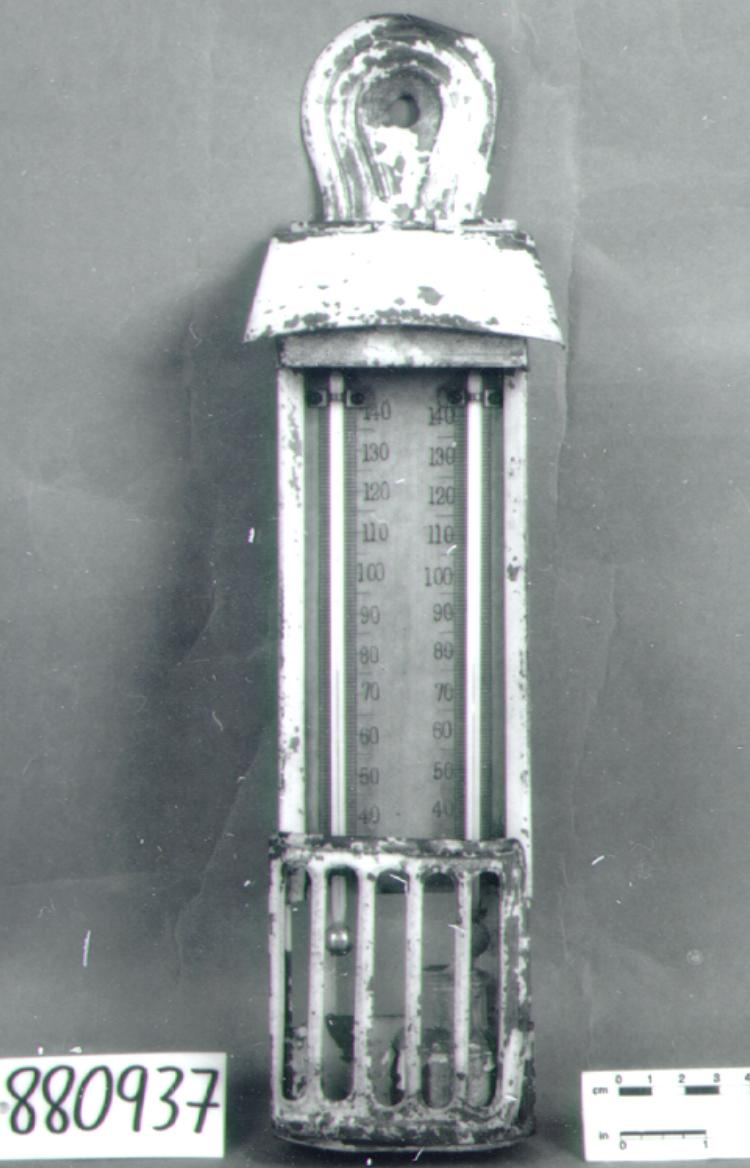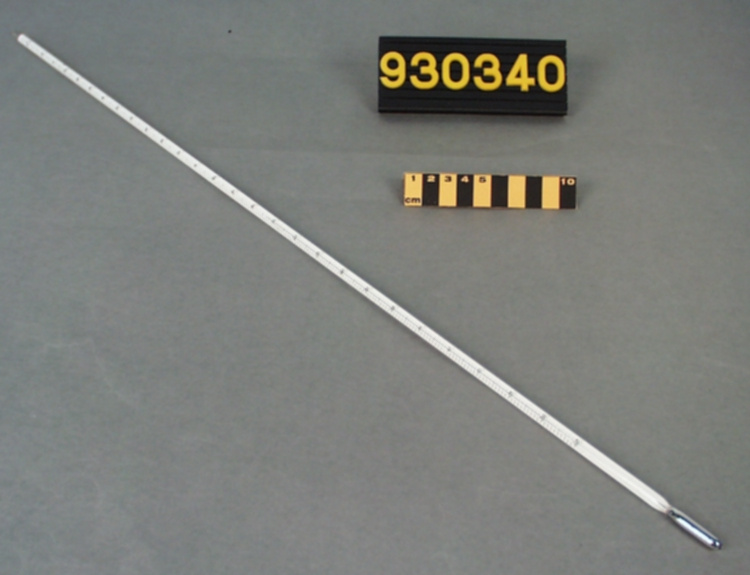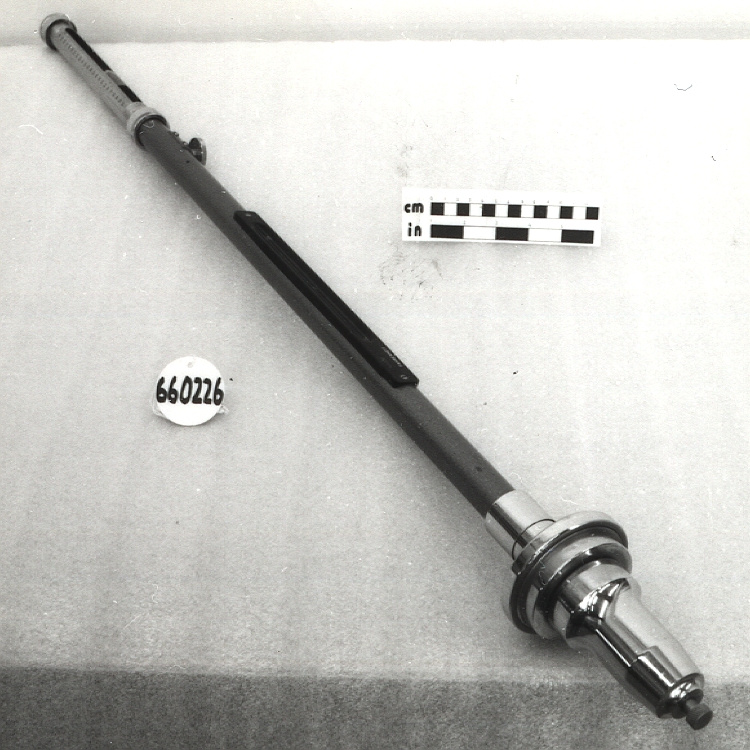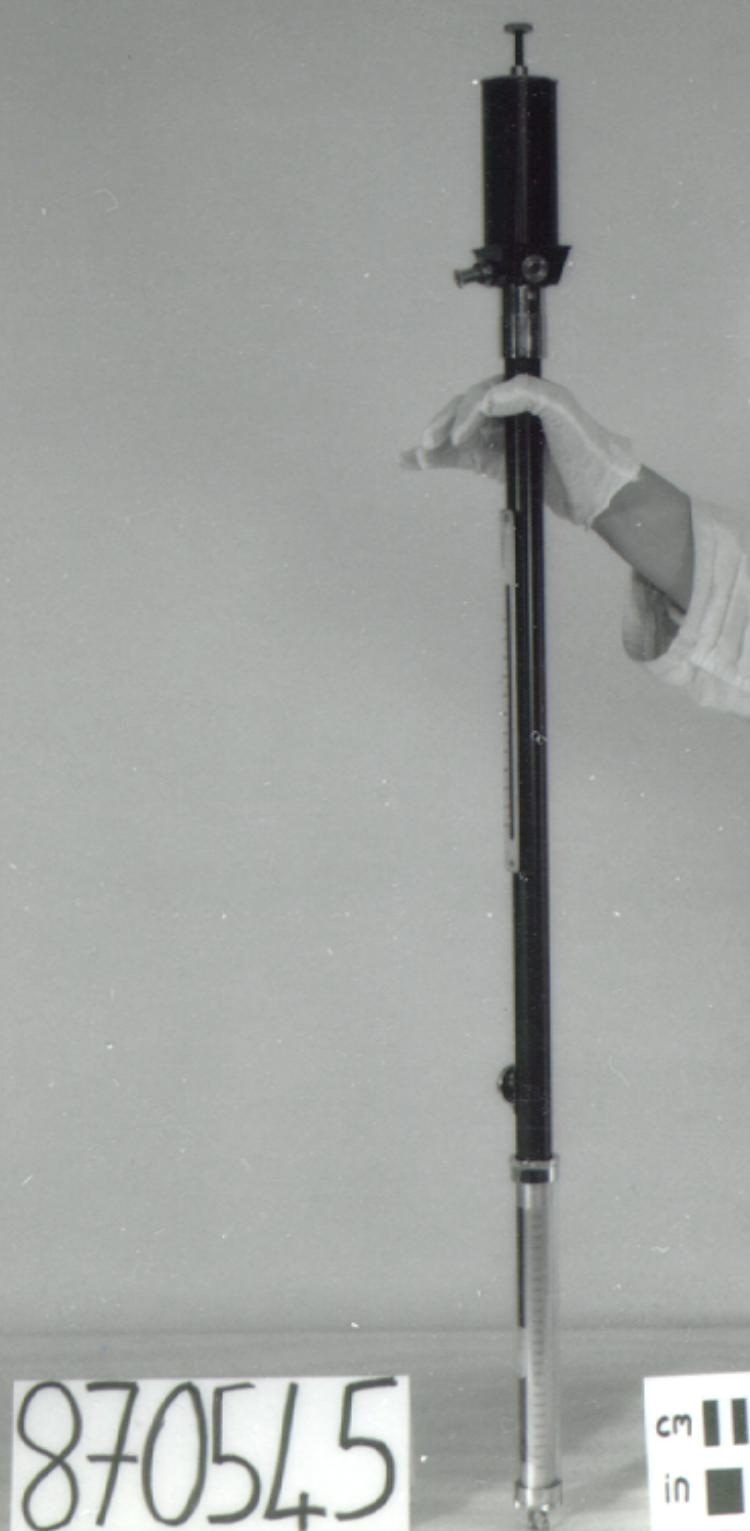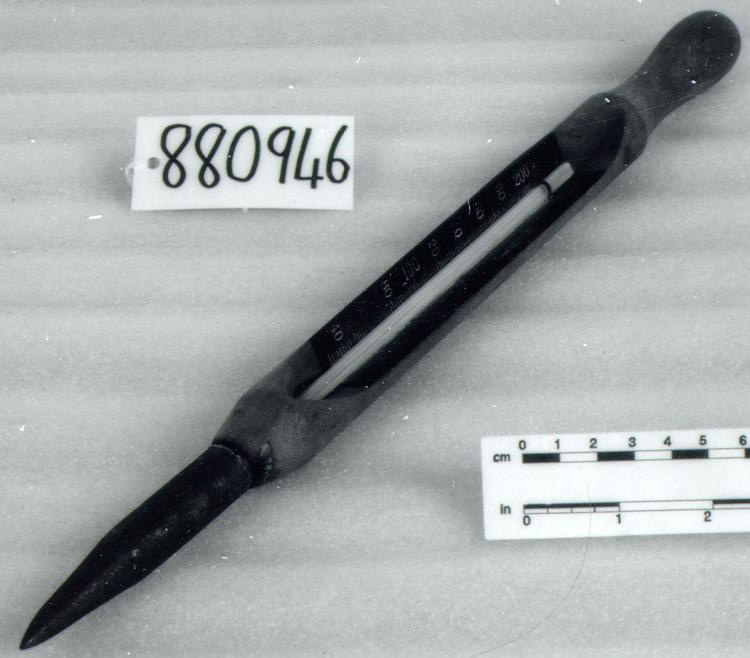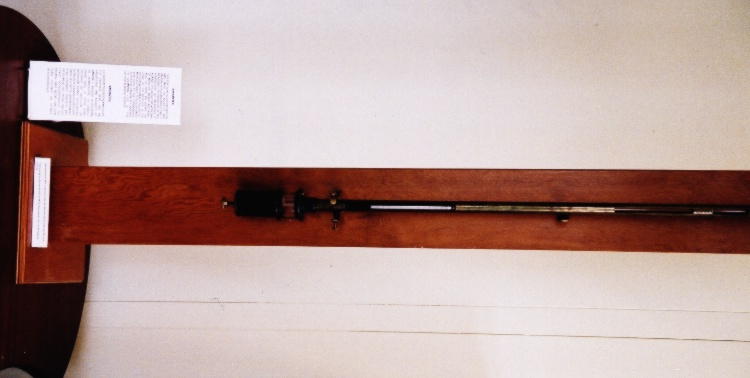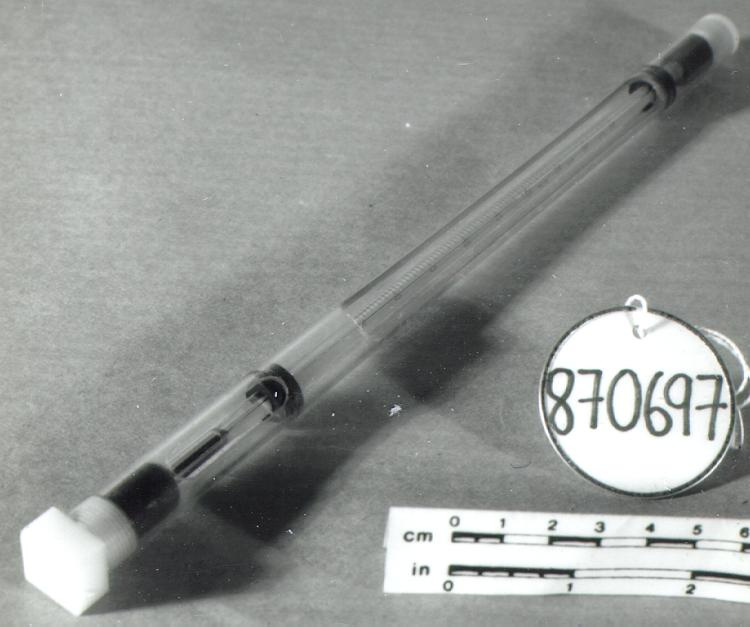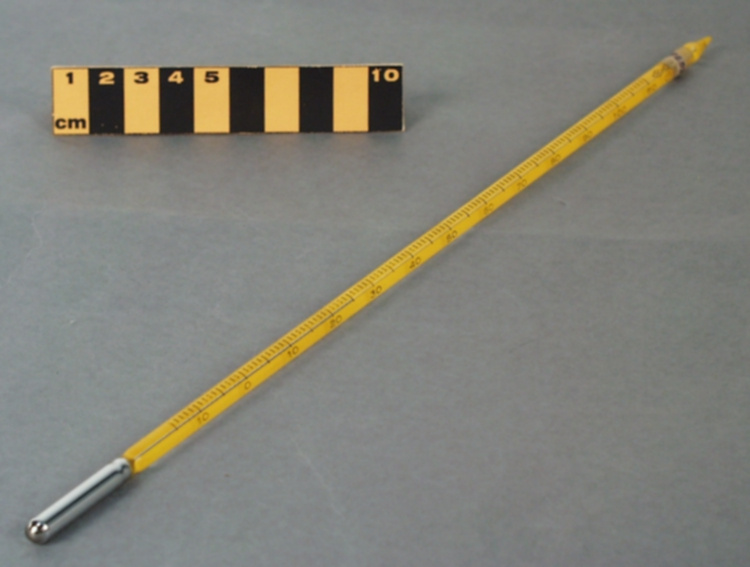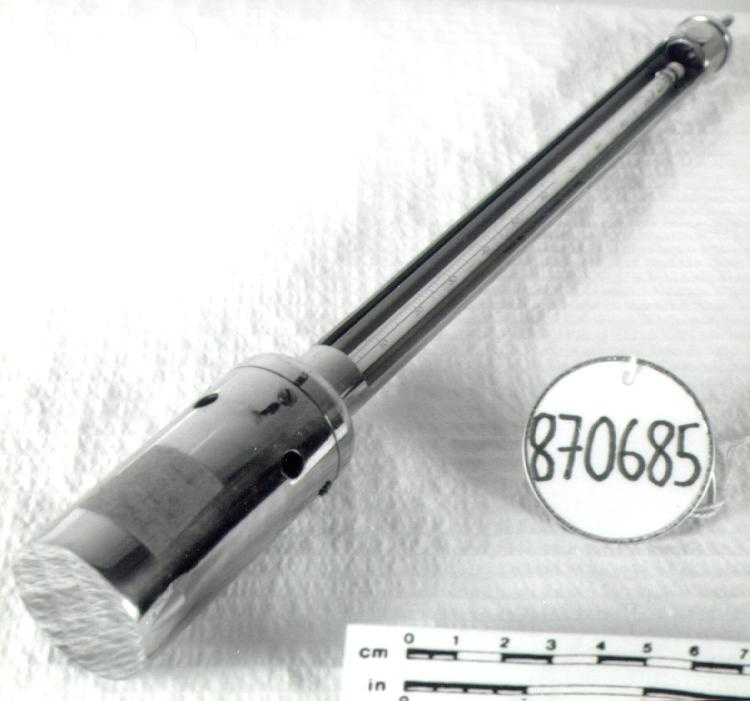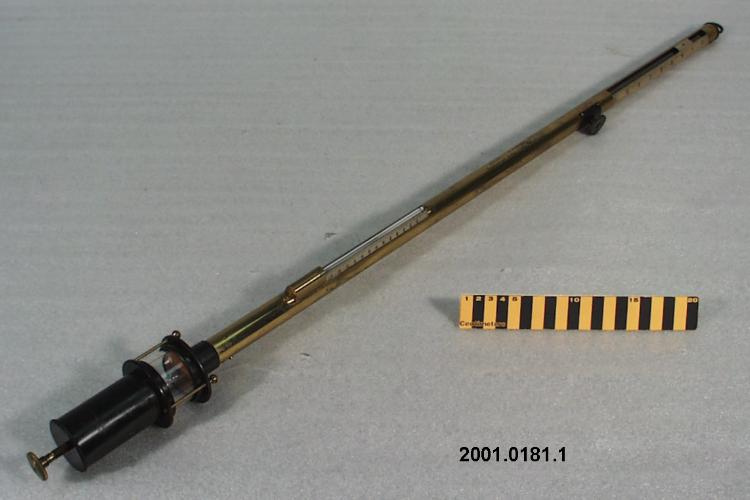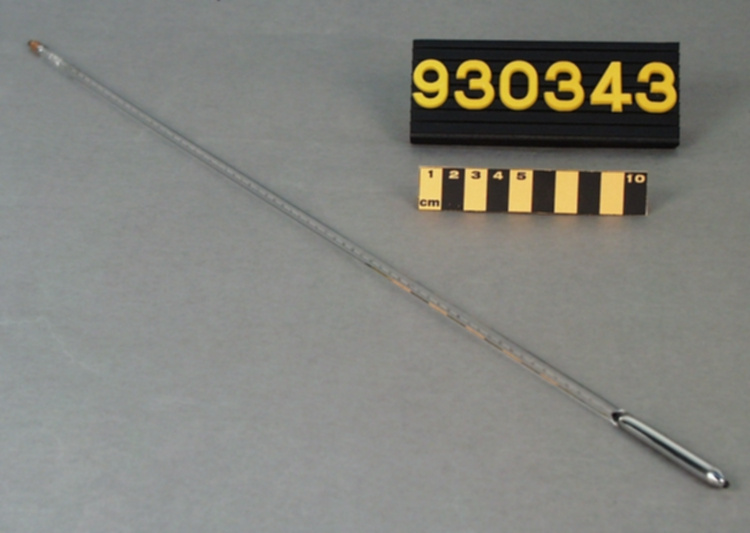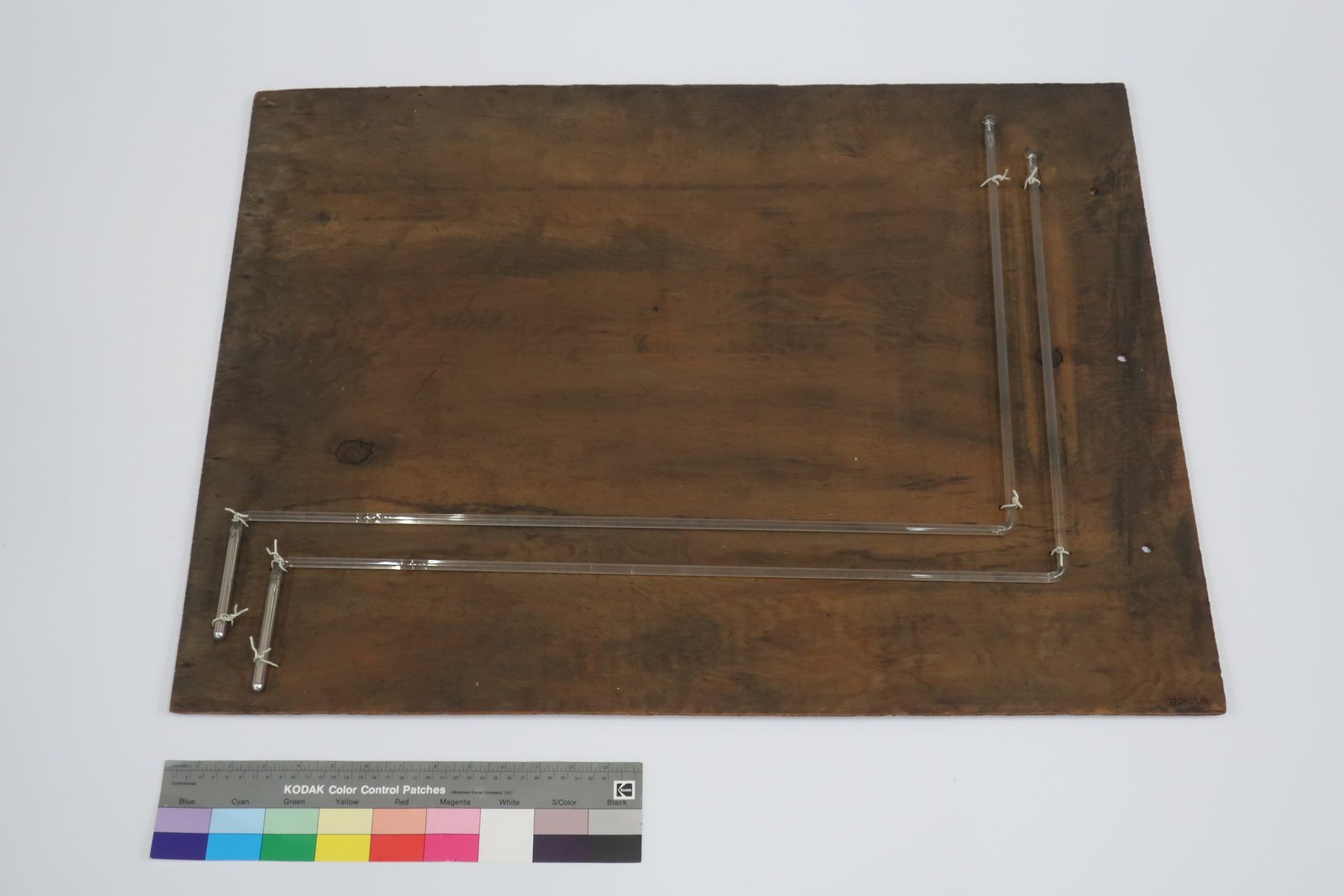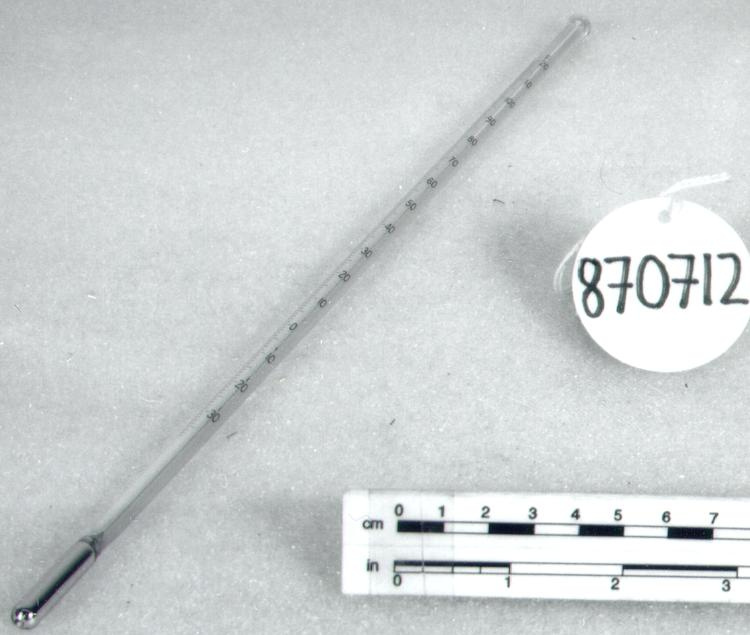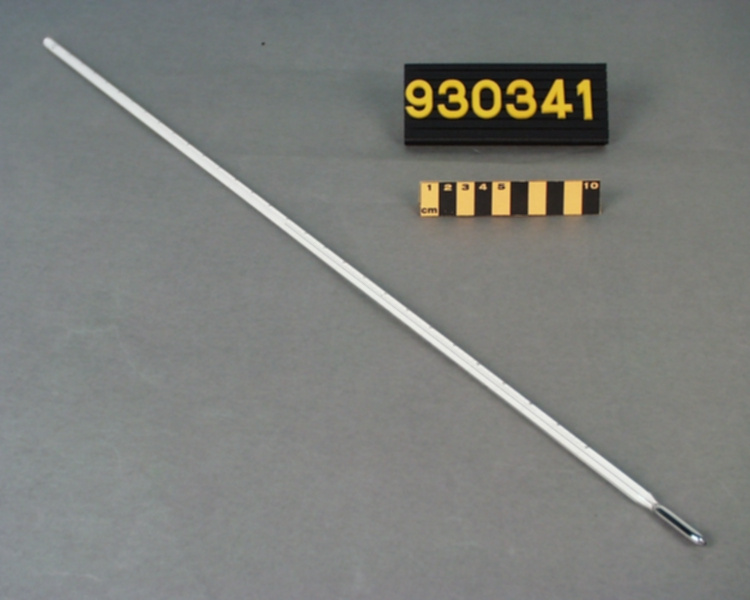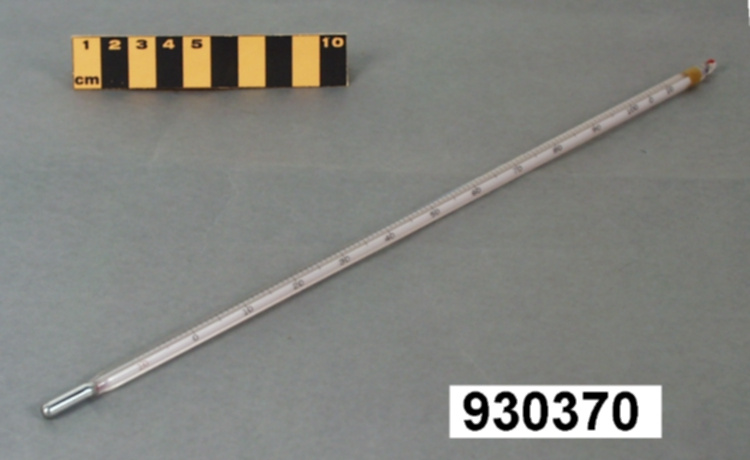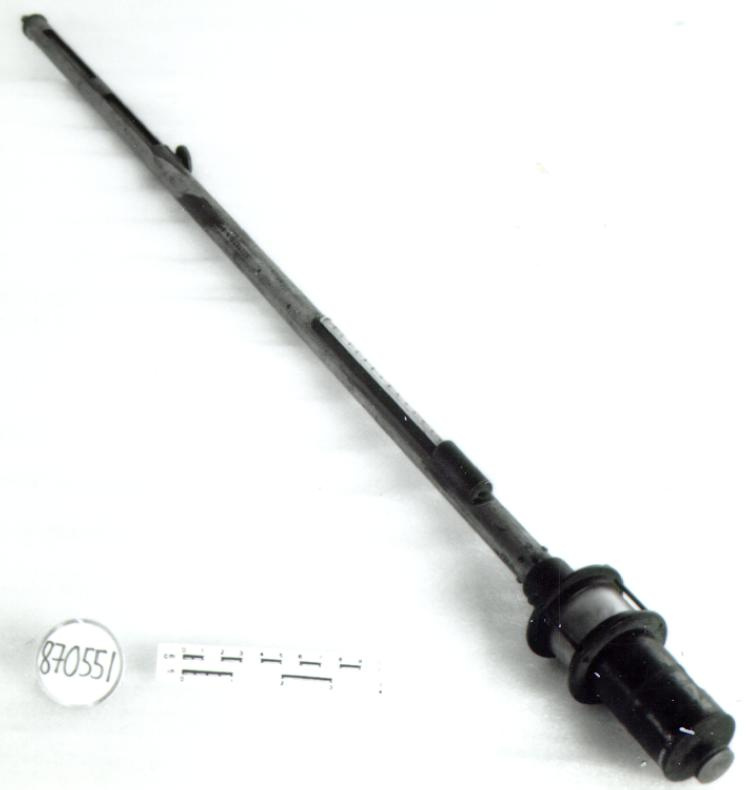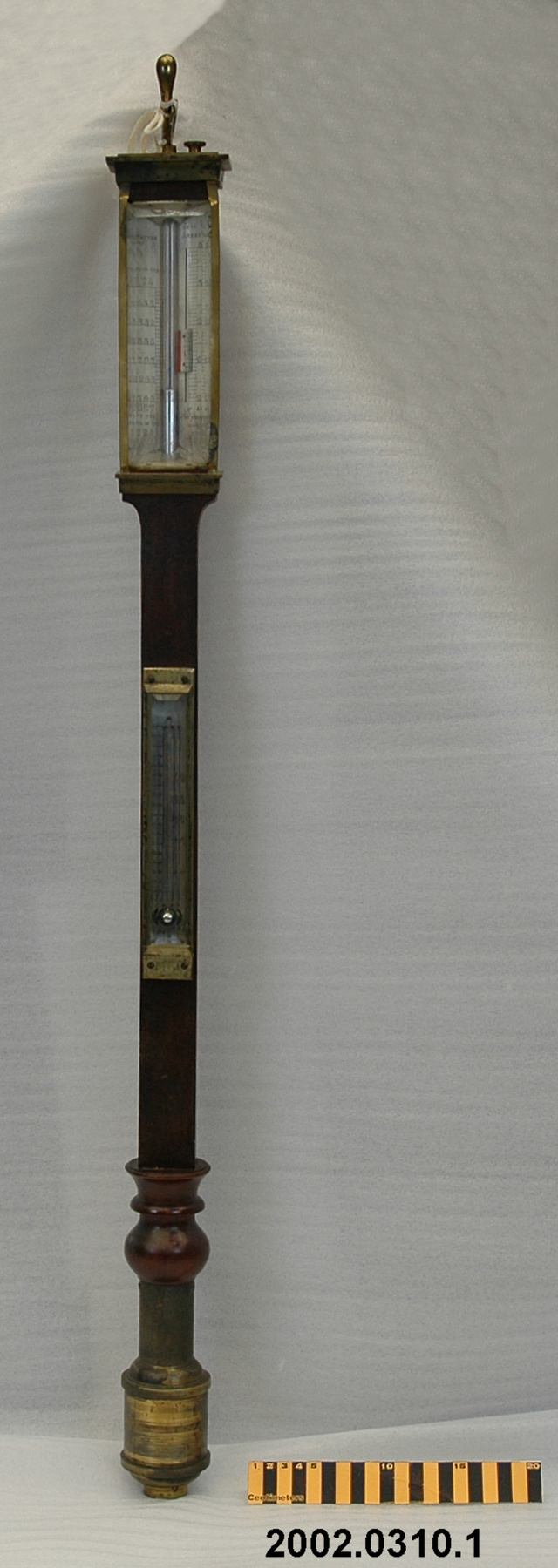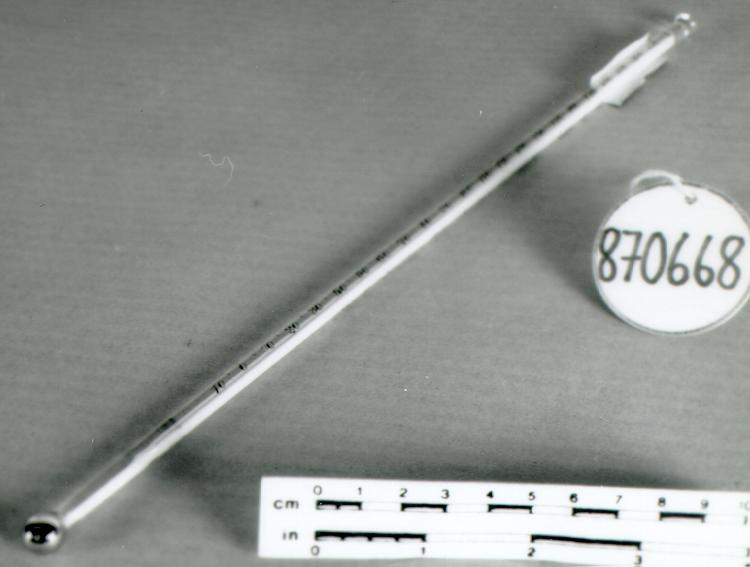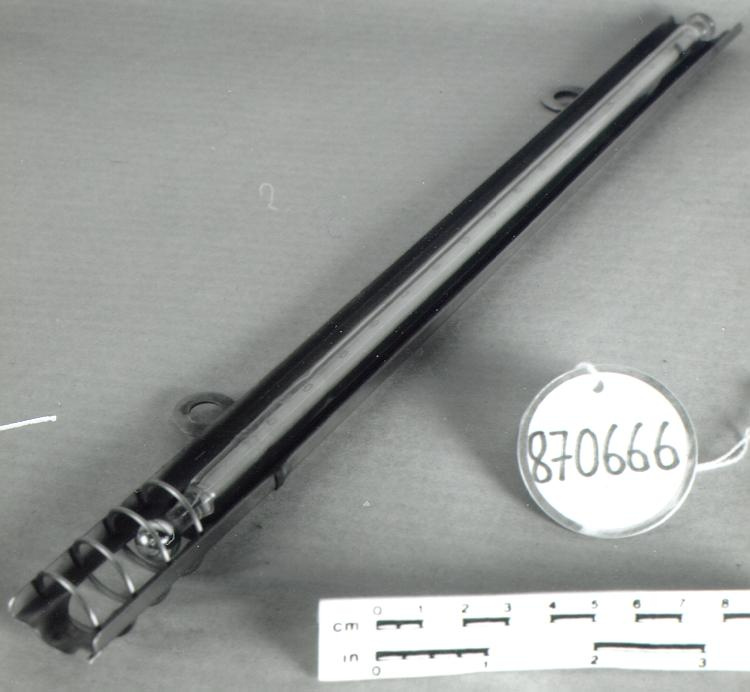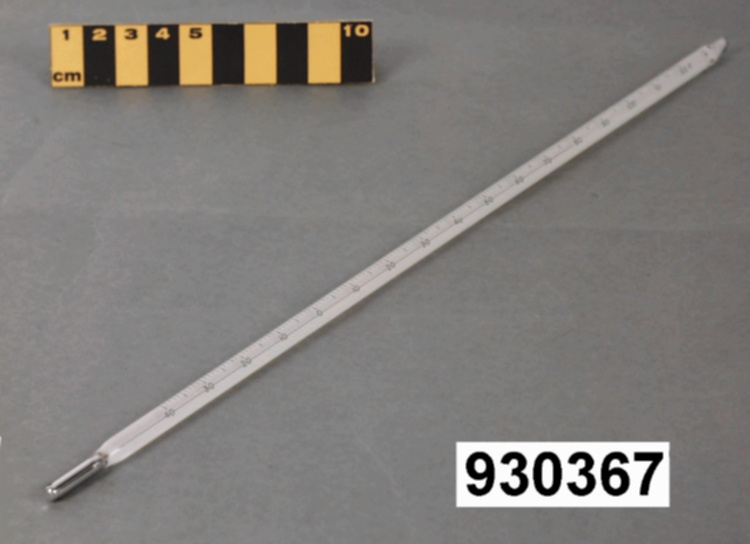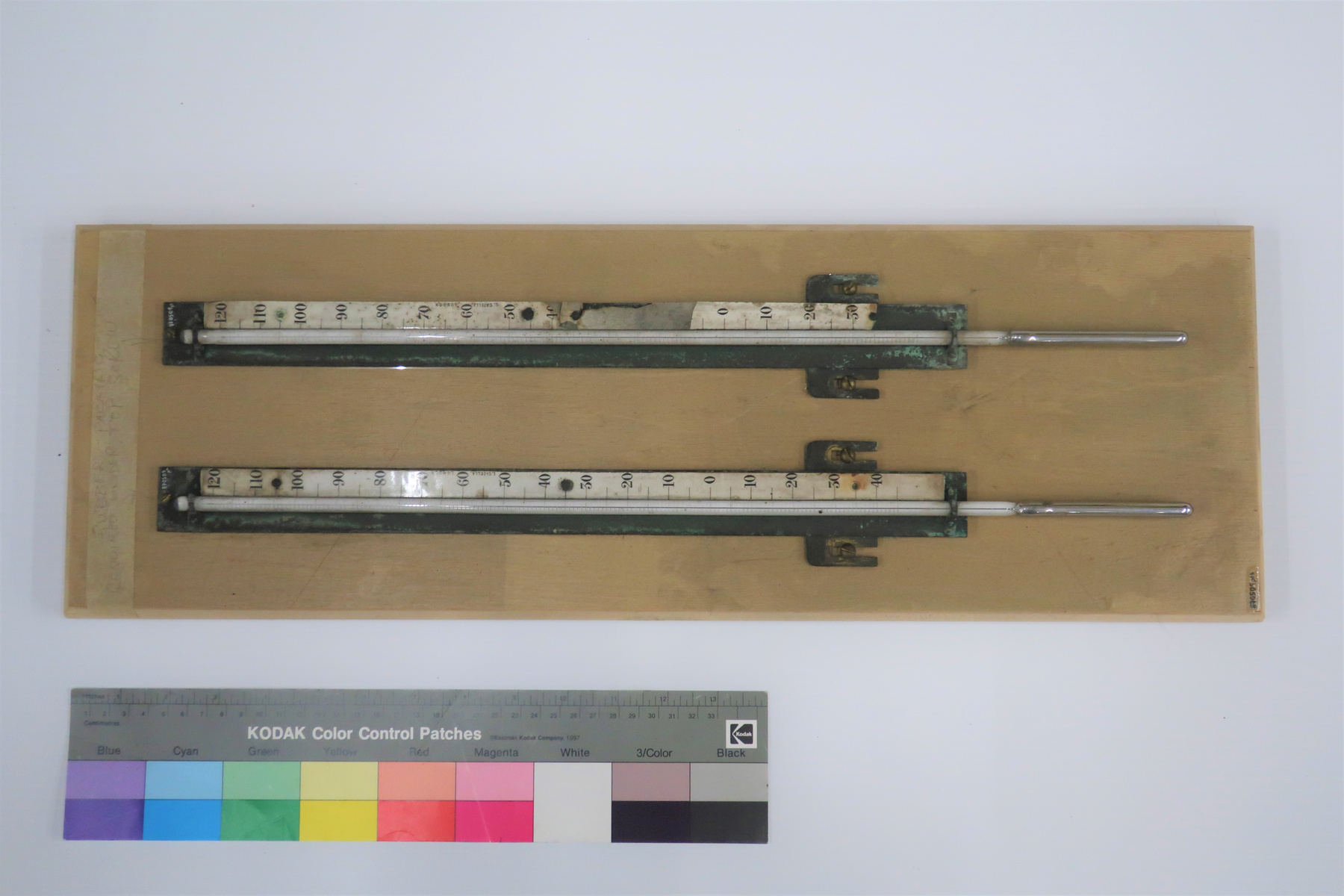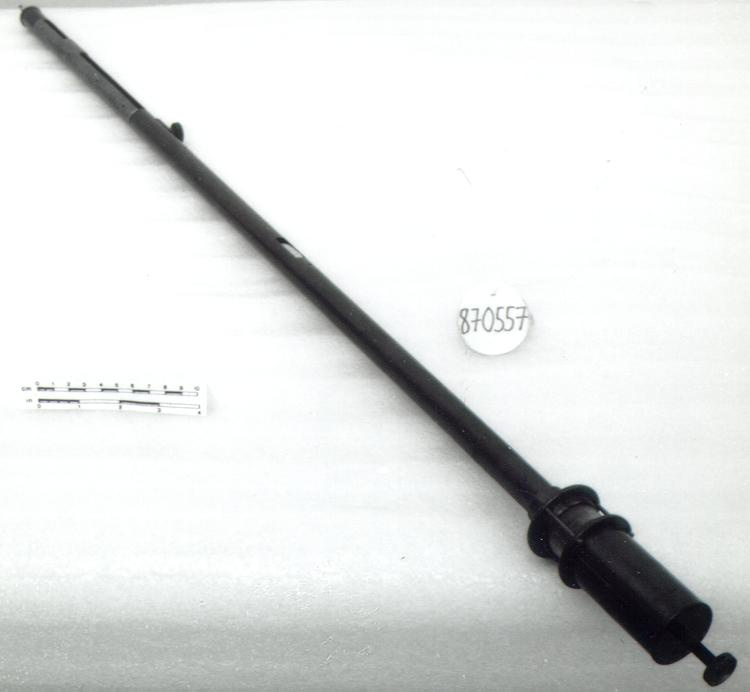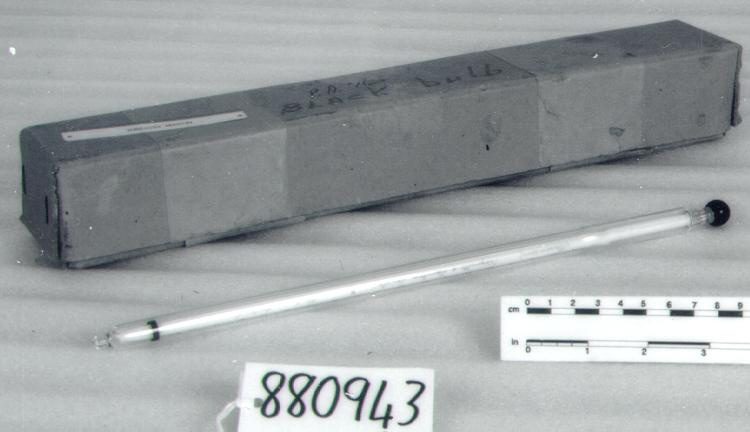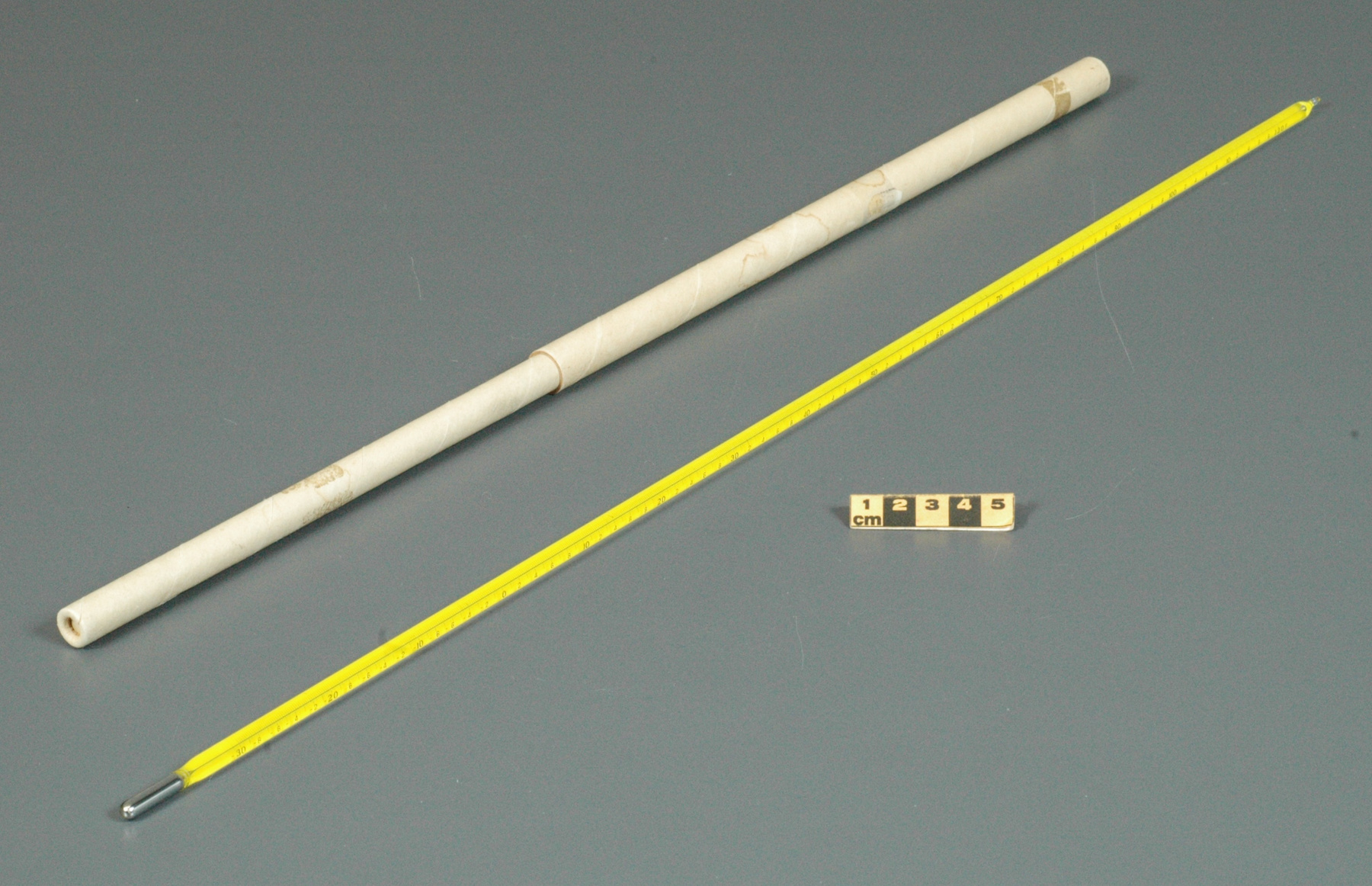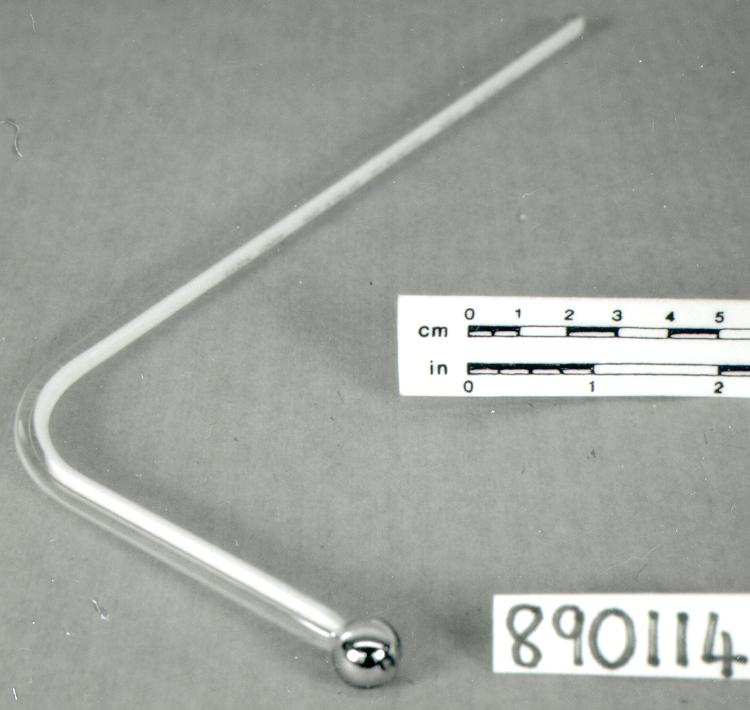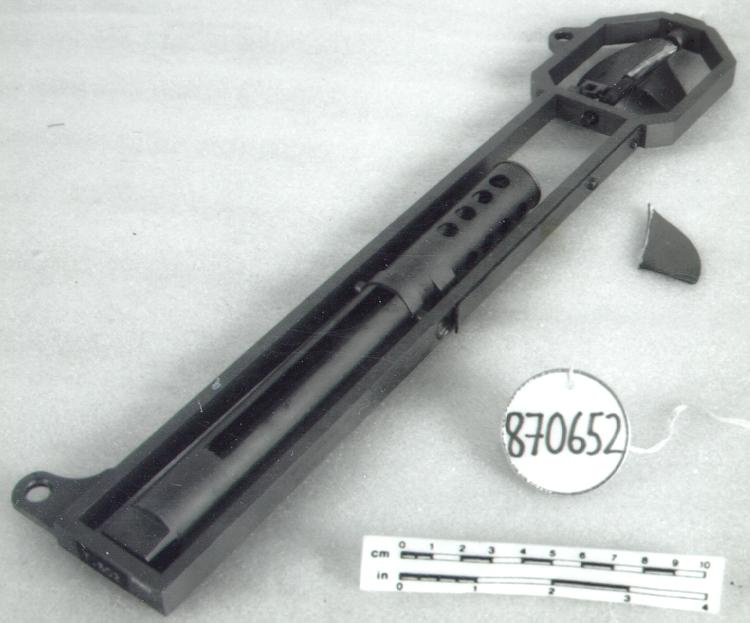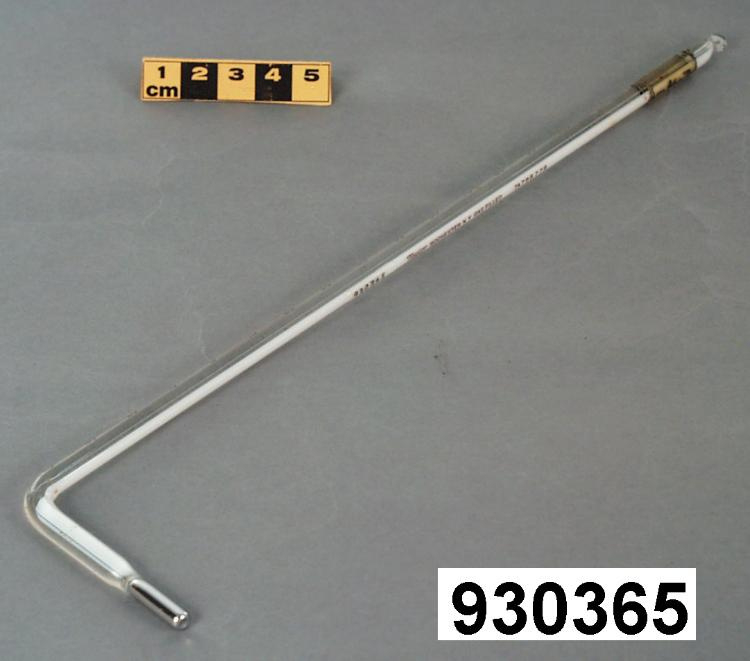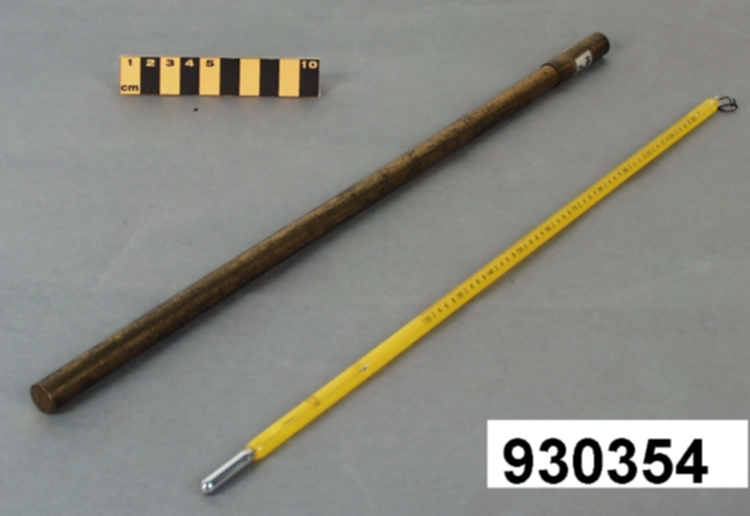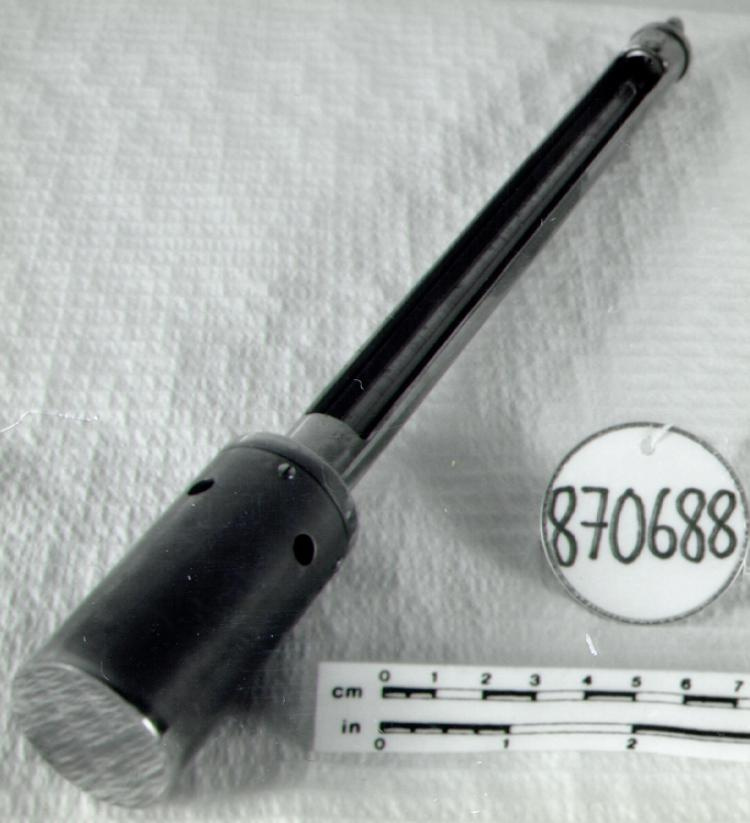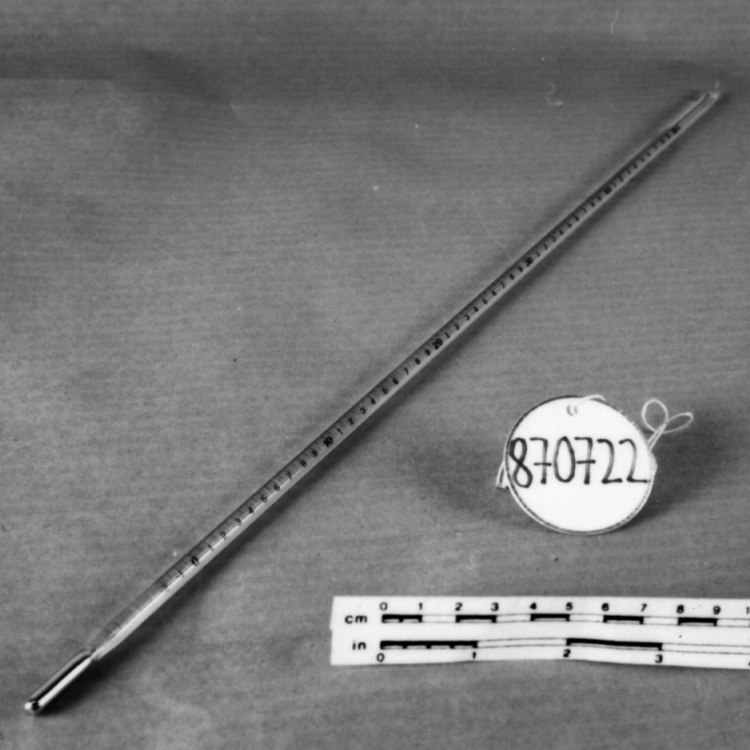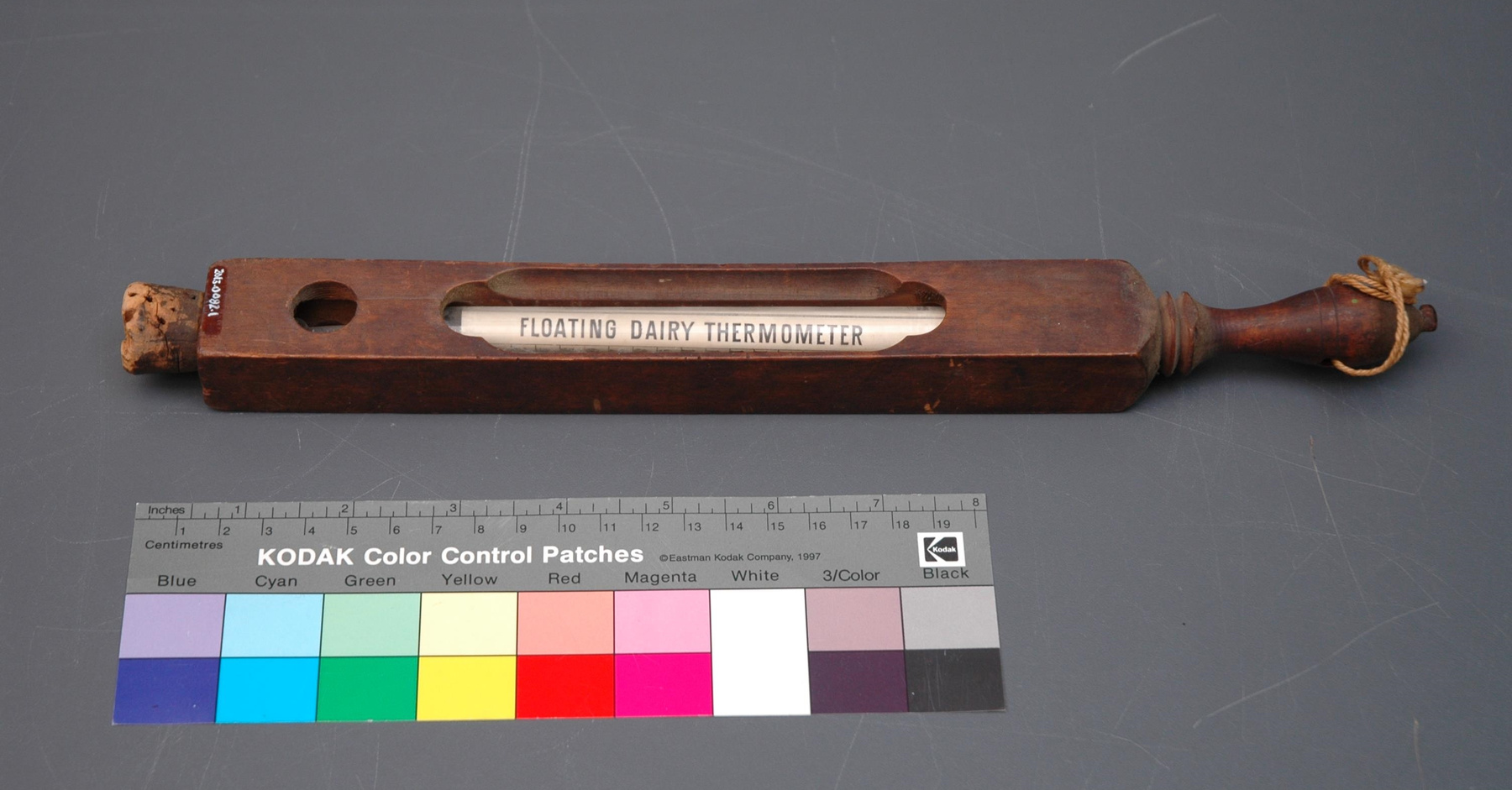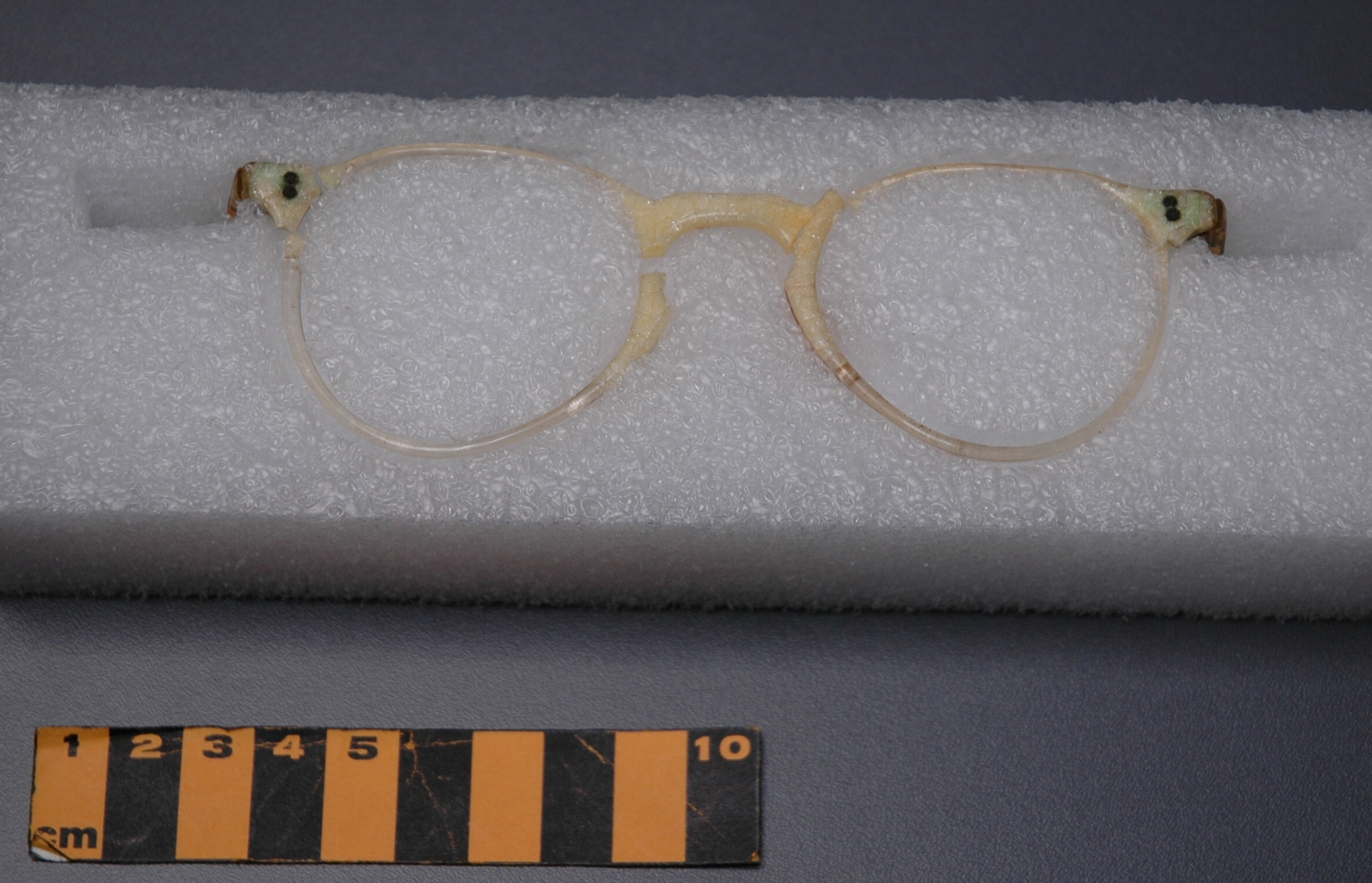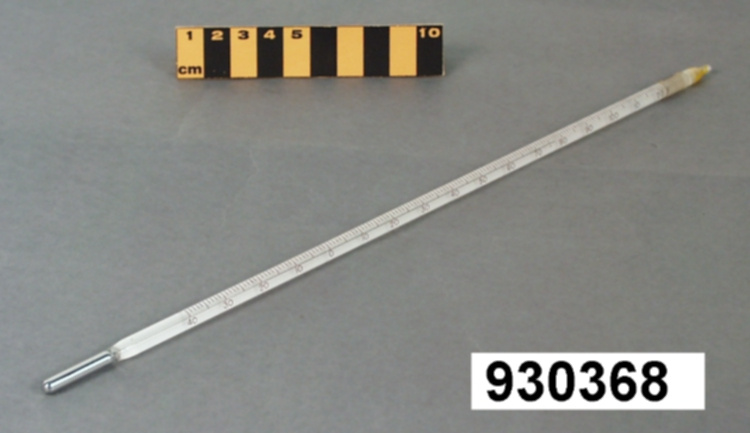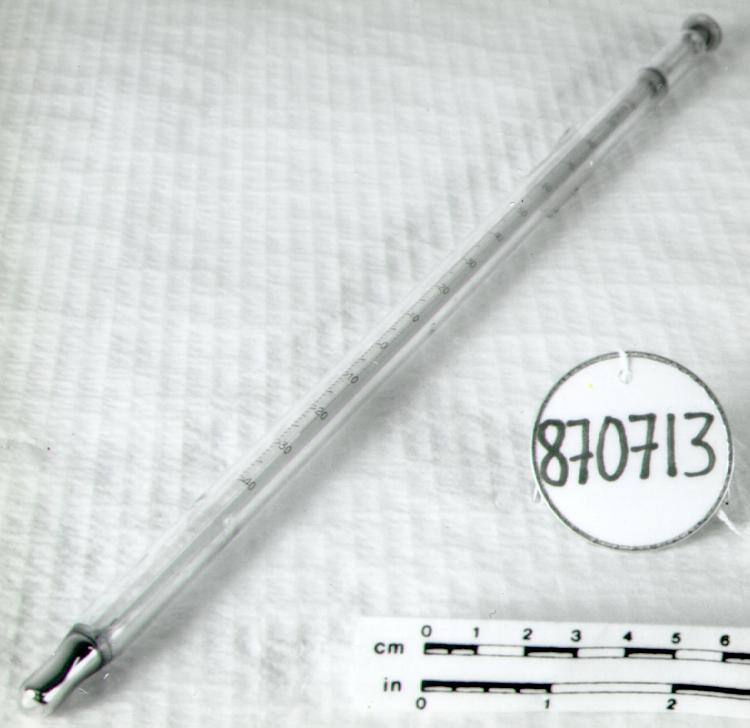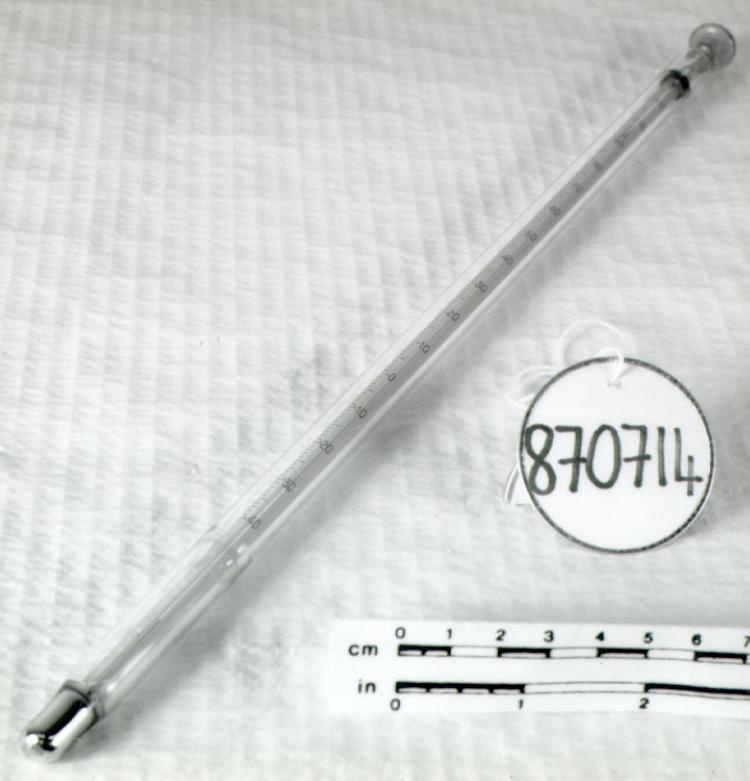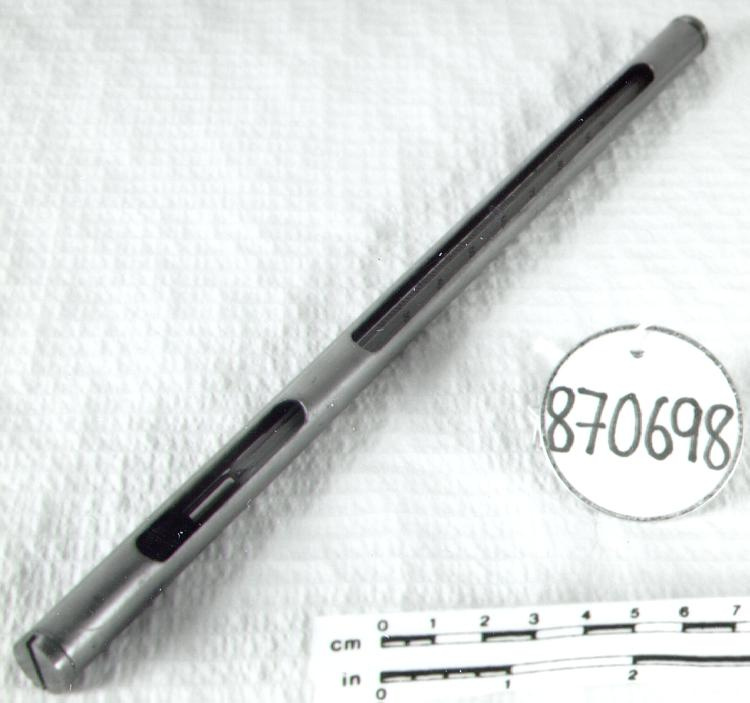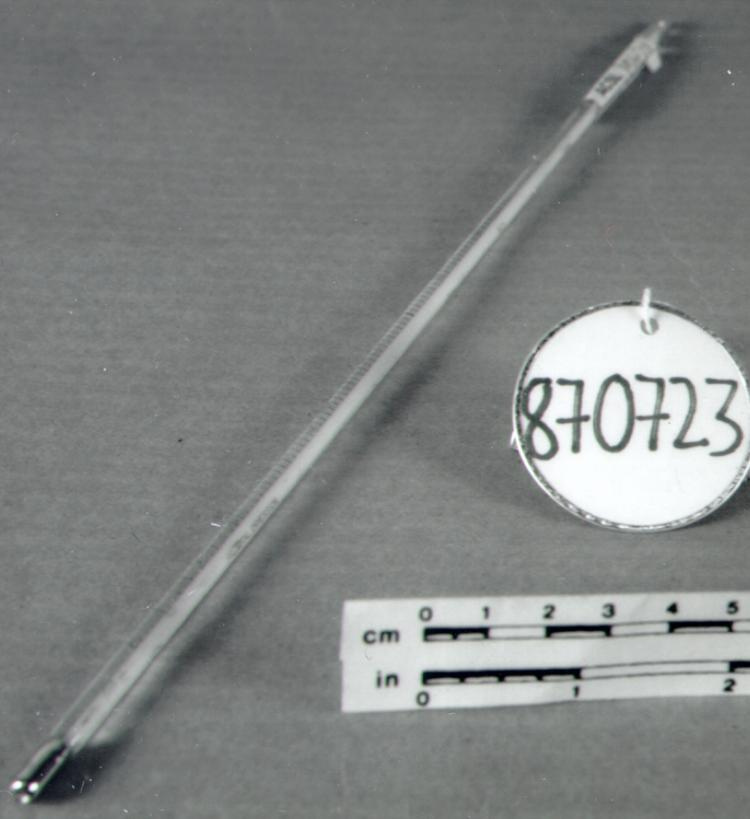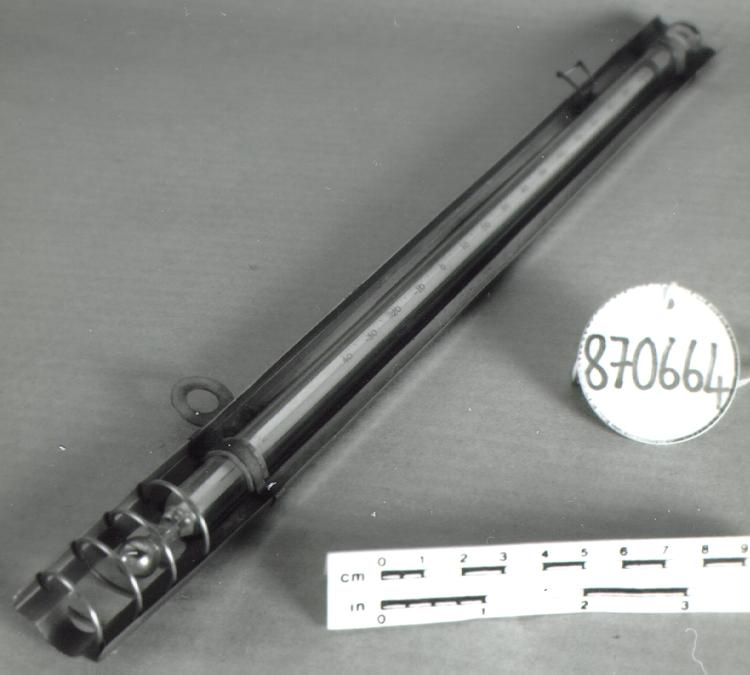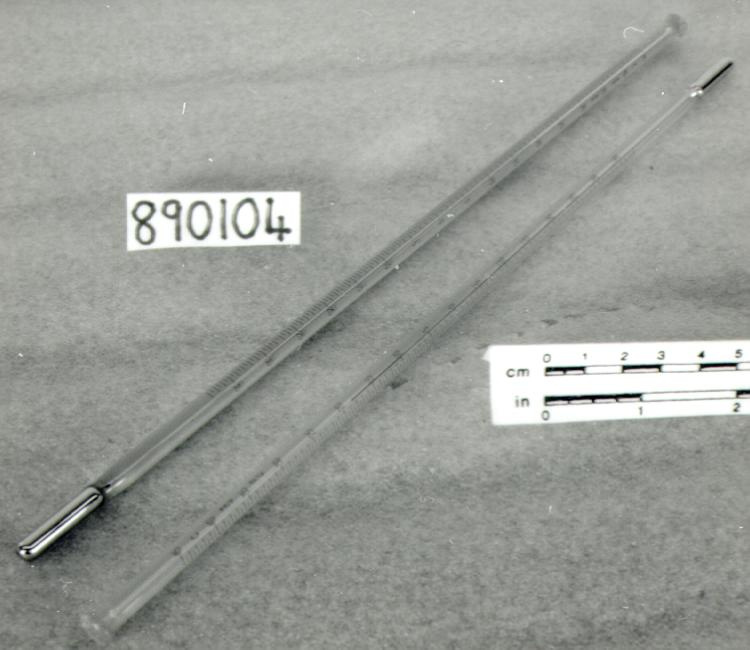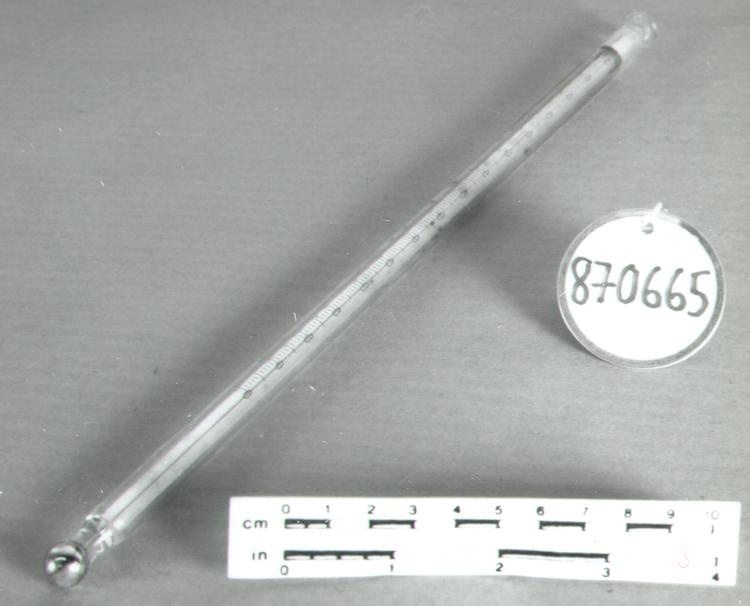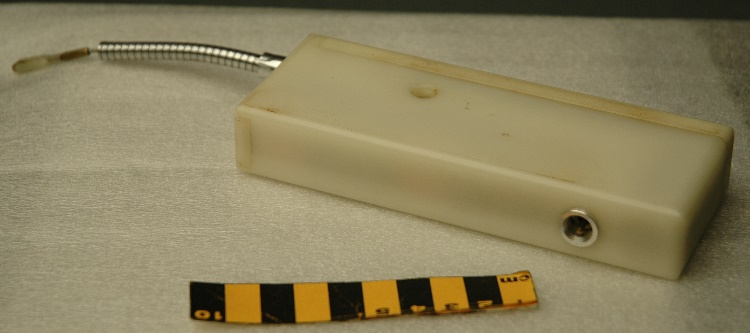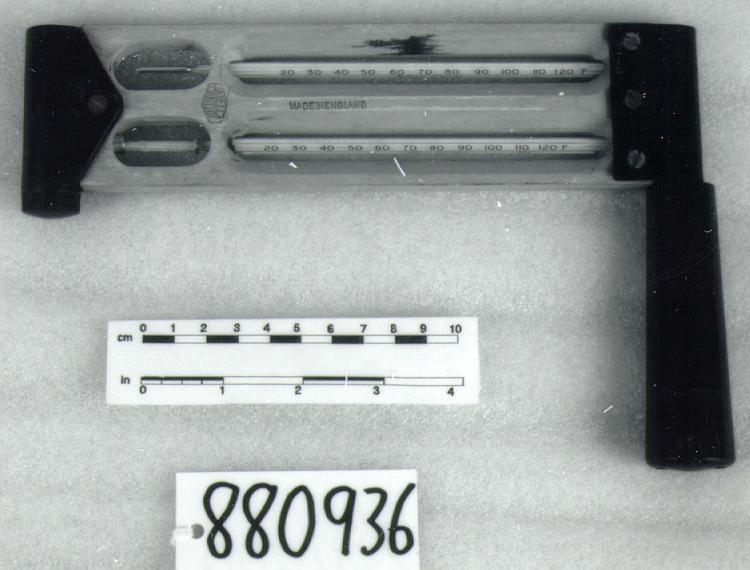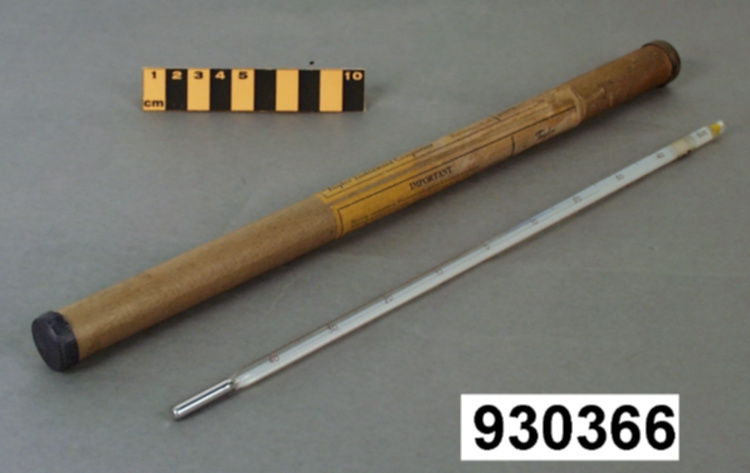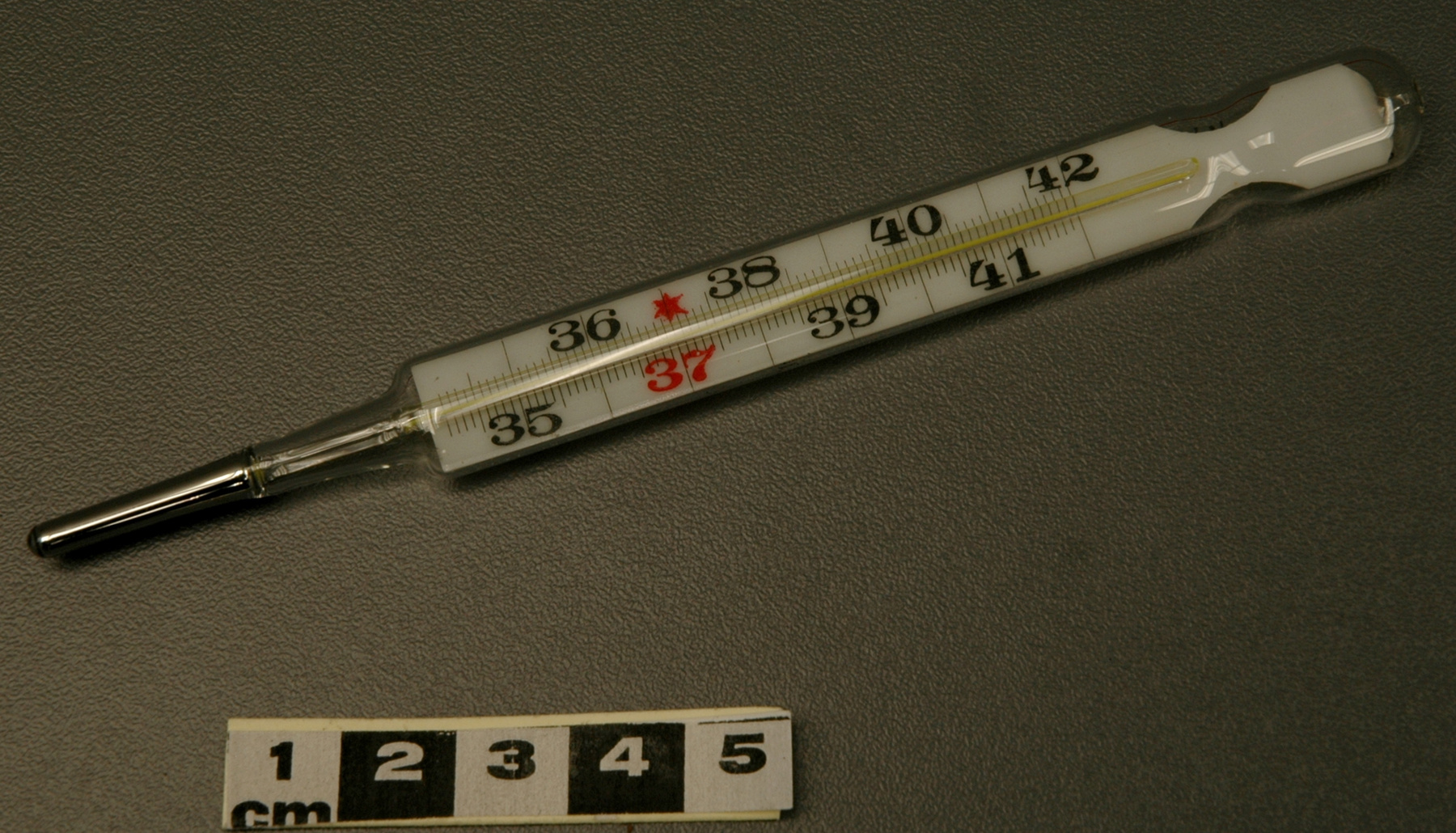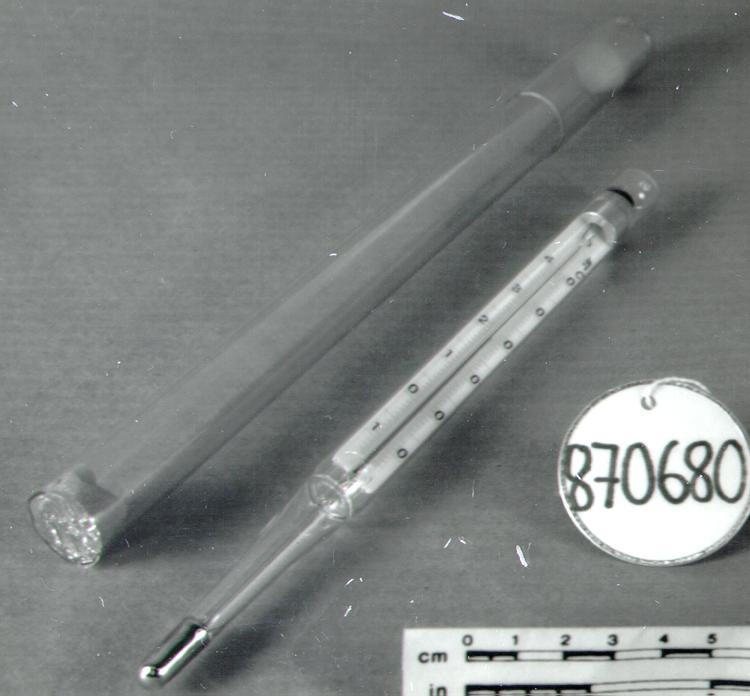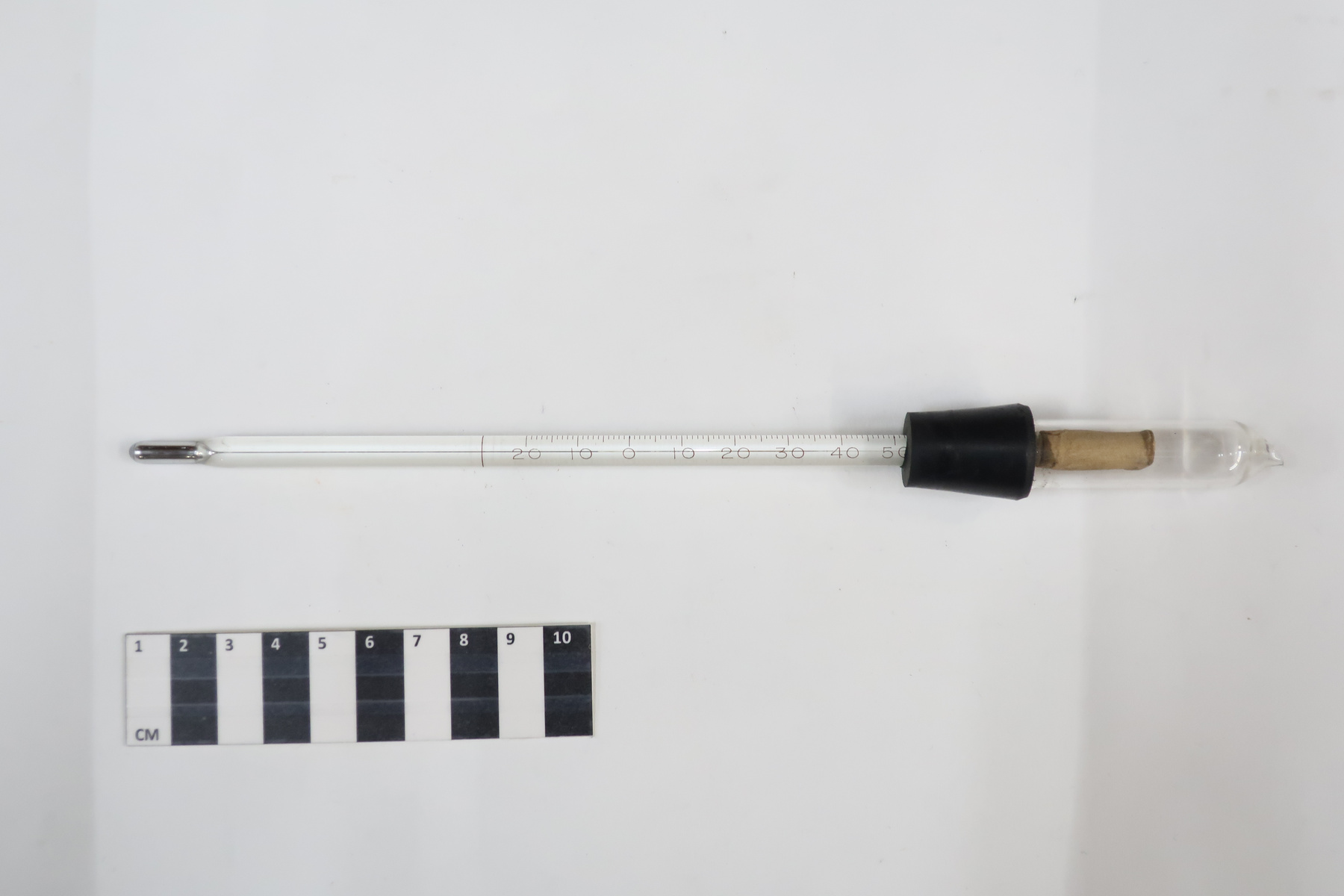Thermomètre
Utiliser cette image
Puis-je réutiliser cette image sans autorisation? Oui
Les images sur le portail de la collection d’Ingenium ont la licence Creative Commons suivante :
Copyright Ingenium / CC BY-NC-ND (Attribution-NonCommercial 4.0 International (CC BY-NC 4.0)
ATTRIBUER CETTE IMAGE
Ingenium,
2002.0619.006
Permalien:
Ingenium diffuse cette image sous le cadre de licence Creative Commons et encourage son téléchargement et sa réutilisation à des fins non commerciales. Veuillez mentionner Ingenium et citer le numéro de l’artefact.
TÉLÉCHARGER L’IMAGEACHETER CETTE IMAGE
Cette image peut être utilisée gratuitement pour des fins non commerciales.
Pour un usage commercial, veuillez consulter nos frais de reproduction et communiquer avec nous pour acheter l’image.
- TYPE D’OBJET
- mercury/artificial kidney machine
- DATE
- 1946
- NUMÉRO DE L’ARTEFACT
- 2002.0619.006
- FABRICANT
- Inconnu
- MODÈLE
- Inconnu
- EMPLACEMENT
- Toronto, Ontario, Canada
Plus d’information
Renseignements généraux
- Nº de série
- S/O
- Nº de partie
- 6
- Nombre total de parties
- 6
- Ou
- S/O
- Brevets
- S/O
- Description générale
- Glass thermometer and bulb with rubber stopper, fibre wadding, metal nub and mercury content
Dimensions
Remarque : Cette information reflète la taille générale pour l’entreposage et ne représente pas nécessairement les véritables dimensions de l’objet.
- Longueur
- 24,8 cm
- Largeur
- S/O
- Hauteur
- S/O
- Épaisseur
- S/O
- Poids
- S/O
- Diamètre
- 2,0 cm
- Volume
- S/O
Lexique
- Groupe
- Technologie médicale
- Catégorie
- Recherche
- Sous-catégorie
- S/O
Fabricant
- Ou
- Murray
- Pays
- Canada
- État/province
- Ontario
- Ville
- Toronto
Contexte
- Pays
- Canada
- État/province
- Ontario
- Période
- Used 1946- 1947.
- Canada
-
First artificial kidney machine made in North America by Dr. Gordon Murray, simultaneously and independently of Willem Kolff's invention in Holland in the 1940s. Designed and built by Murray himself, it was used successfully on four patients at Toronto General Hospital, 1946-47. Murray was a remarkable surgeon and innovator whose work earned him international recognition. In the 1930s Dr. Murray introduced the anticoagulant Heparin to world clinical practice; in the '40s he developed the first artificial kidney in North America; and in 1955 he performed the first successful transplant of a human heart valve. Unfortunately, these achievements are often overshadowed by his later, controversial work on an anti-cancer serum, and on unconventional surgery for injuries caused by traumatic paraplegia. (Ref. 3] - Fonction
-
Inconnu - Technique
-
In the early version of his artificial kidney, Murray used cellulose acetate sausage casing with a diameter of 1-inch in the dialysing membrane. The casing had first to be bathed in warm tap water. It was then wound around the wire mesh frame, and held in position between small metal pegs. While effective in allowing some substances to pass through the membrane, the ratio of volume to surface area was not practical. In later versions up to 150 feet of 1/4-inch tubing was used to transport the patient's blood through the diaylsing bath. [Ref. 6] This length of casing may have been intended for use as replacement material, or it may be leftover from the cylinder's construction. Roschlau's design of the dialyzer used in the second artificial kidney machine utilized a parallel-plate arrangement: 30 layers of dialysis units each with two membranes and two dialysis compartments produced a flat-plate parallel-flow filter. [see 2002.0620.3] - Notes sur la région
-
Inconnu
Détails
- Marques
- Measurements in increments of 10 from 20 below zero up to 50/ "76 MM 1MM"
- Manque
- Appears complete
- Fini
- Clear glass thermometer with a white back coating and brown markings, silver coloured base, a black stopper and clear glass bulb covering a light brown piece of padding.
- Décoration
- S/O
FAIRE RÉFÉRENCE À CET OBJET
Si vous souhaitez publier de l’information sur cet objet de collection, veuillez indiquer ce qui suit :
Fabricant inconnu, Thermomètre, 1946, Numéro de l'artefact 2002.0619, Ingenium - Musées des sciences et de l'innovation du Canada, http://collection.ingeniumcanada.org/fr/id/2002.0619.006/
RÉTROACTION
Envoyer une question ou un commentaire sur cet artefact.
Plus comme ceci
